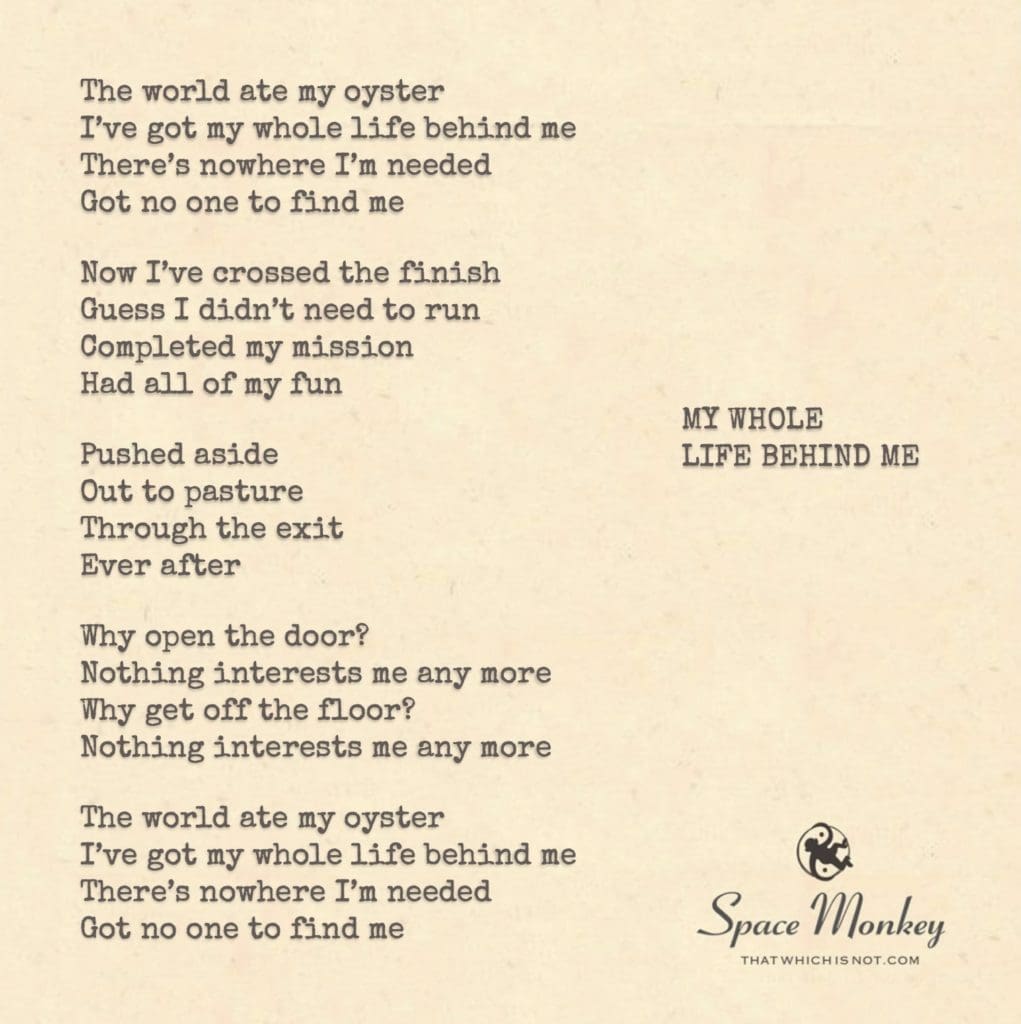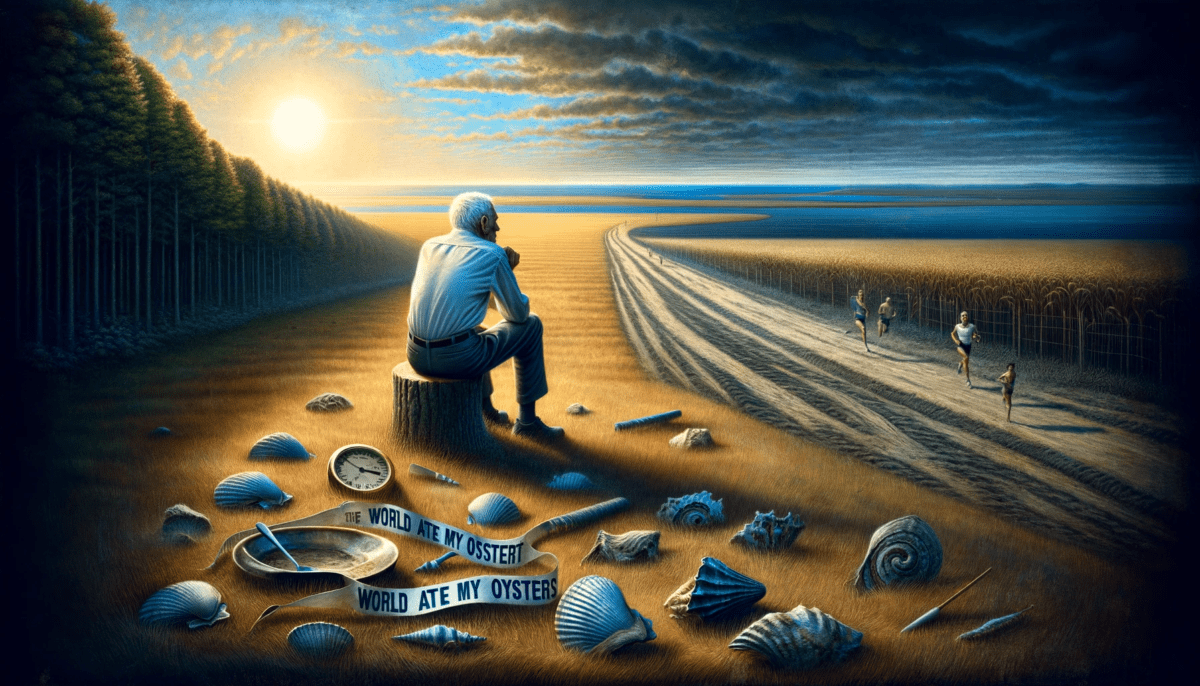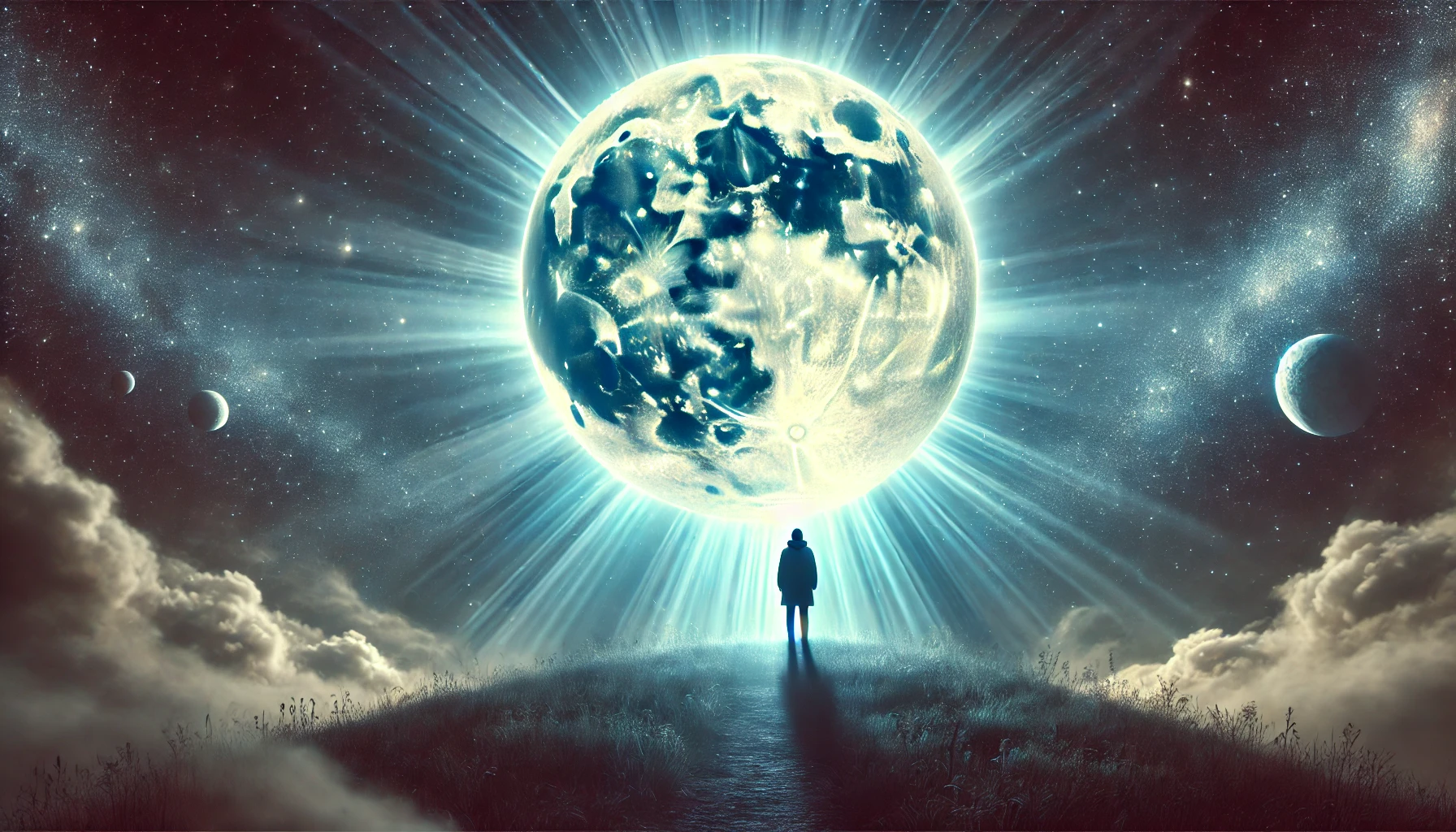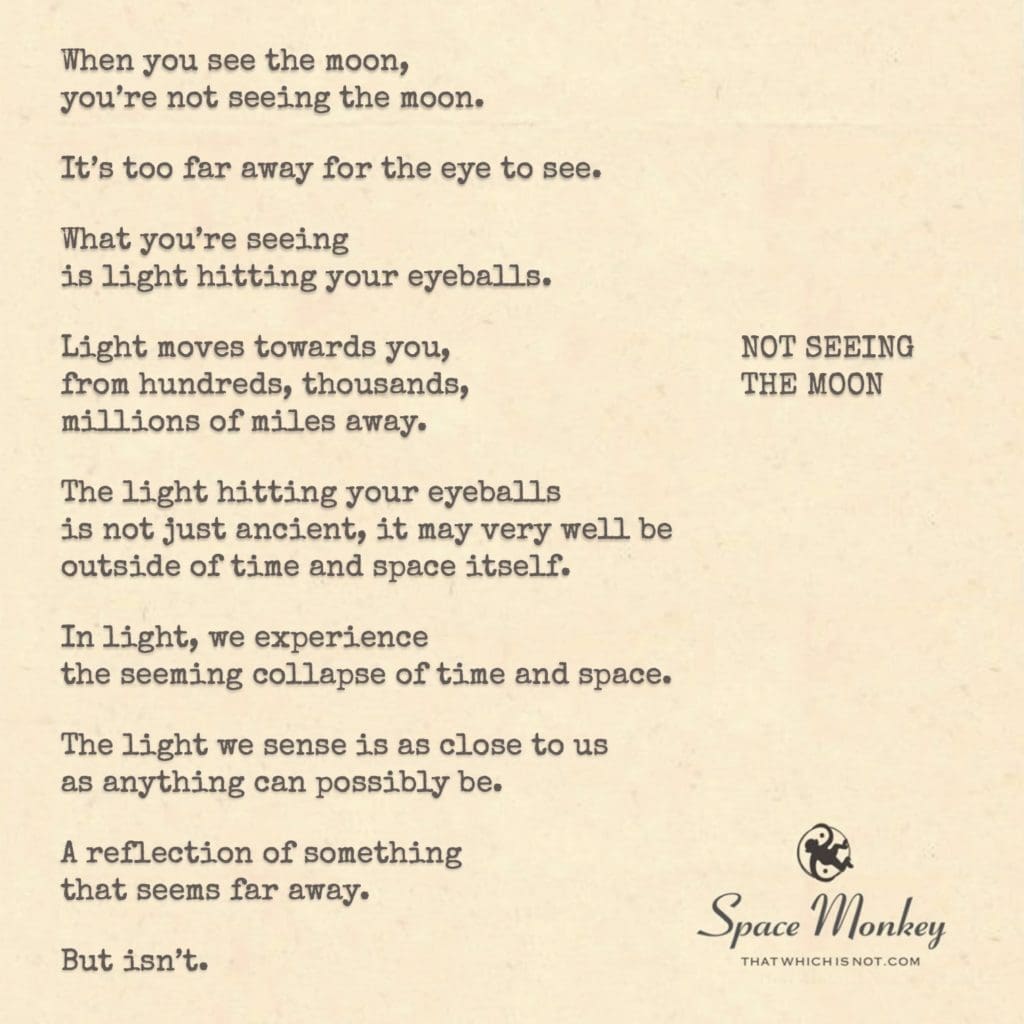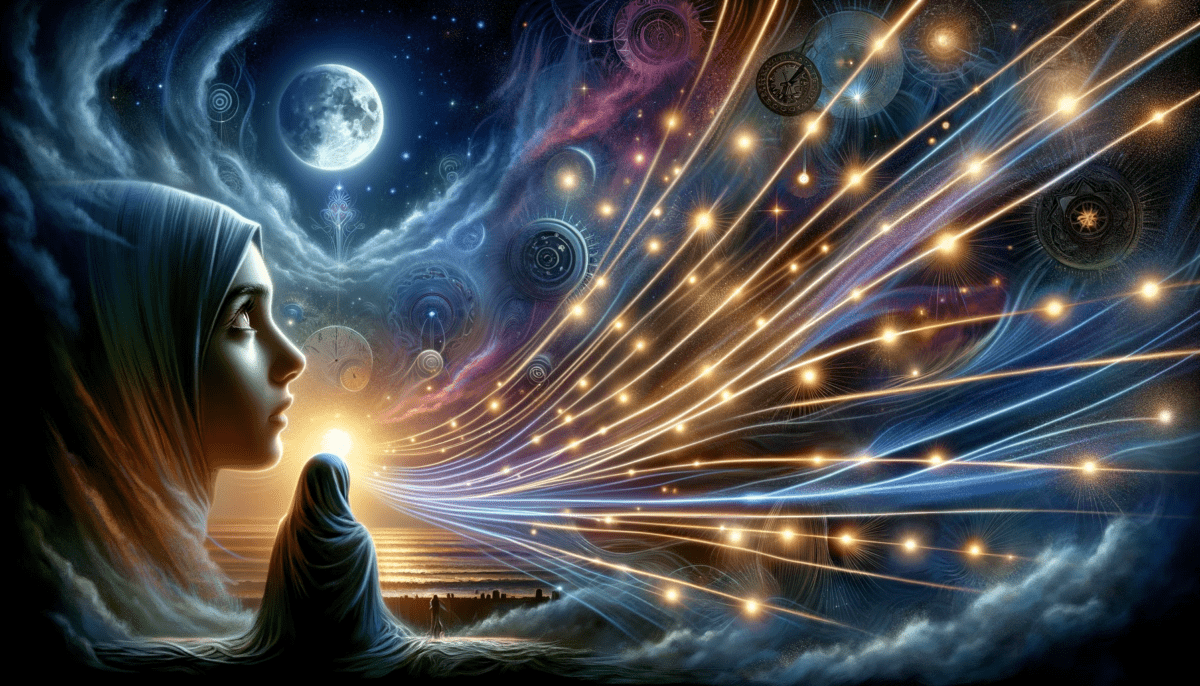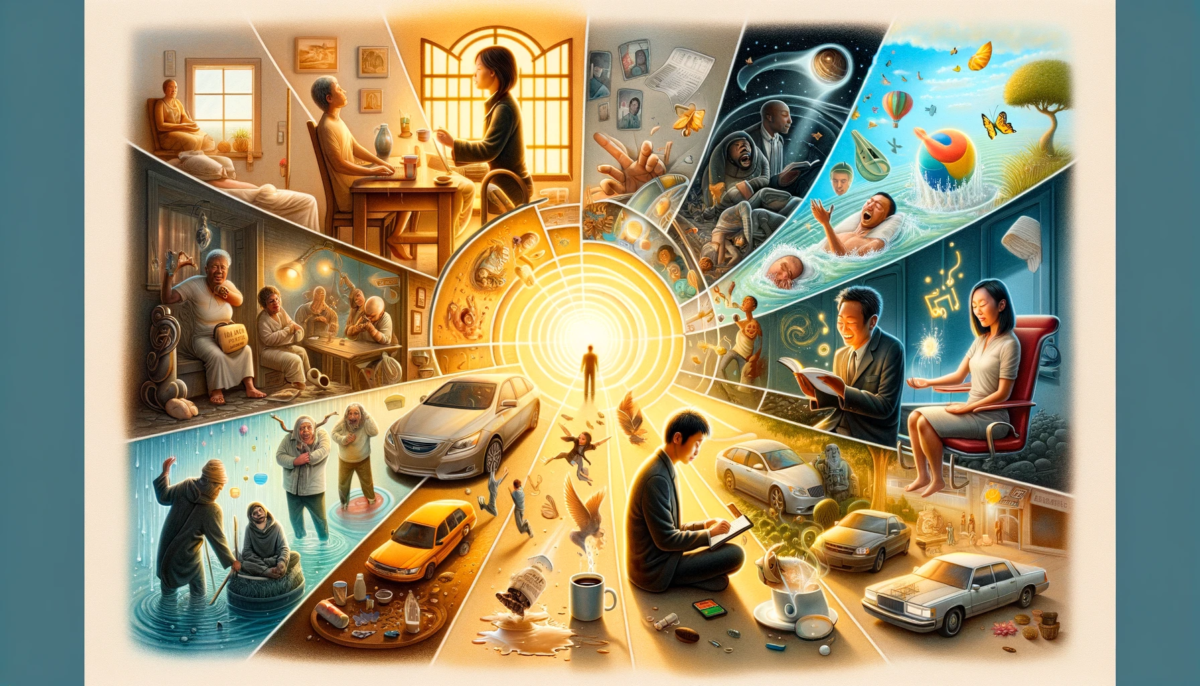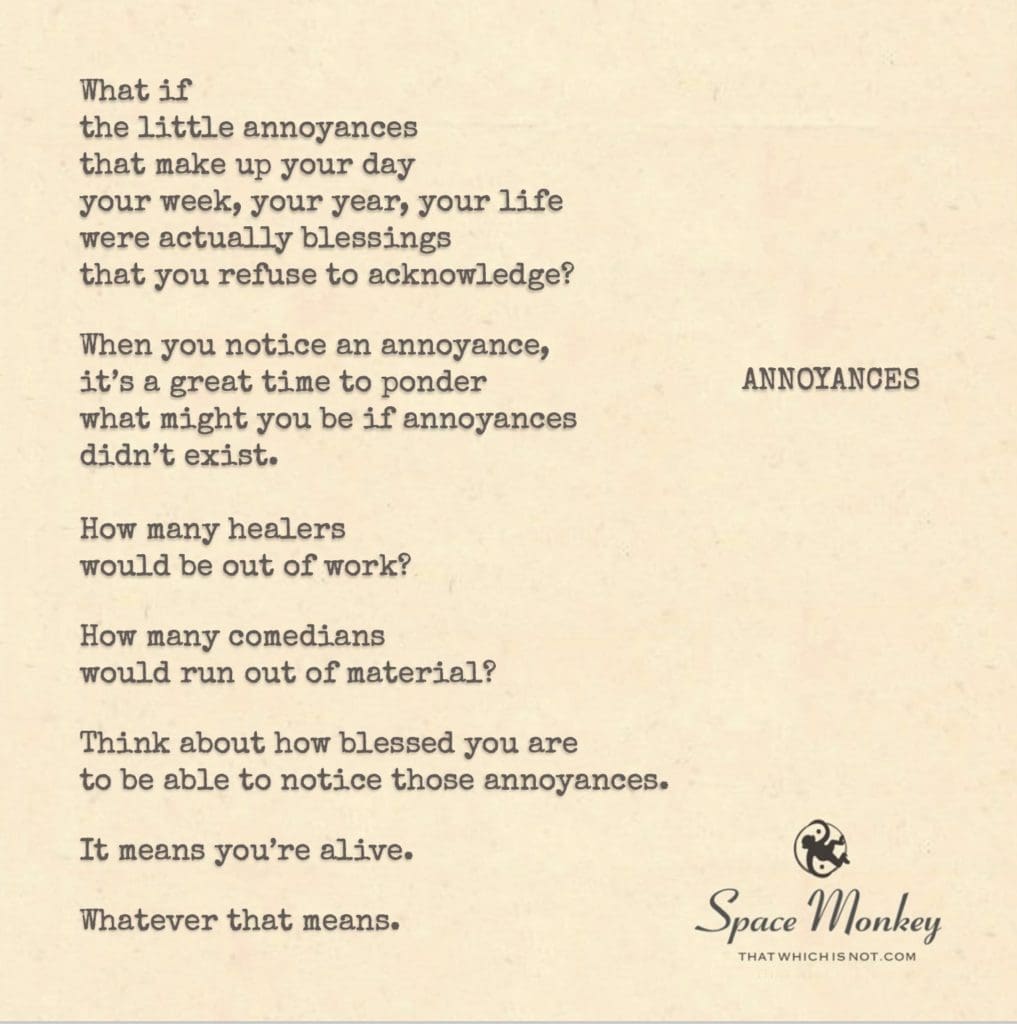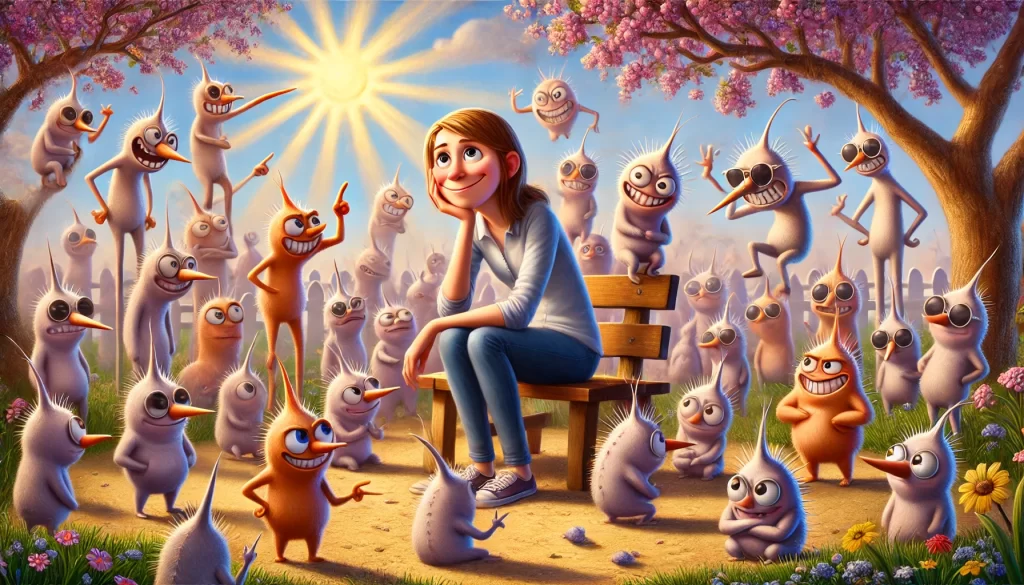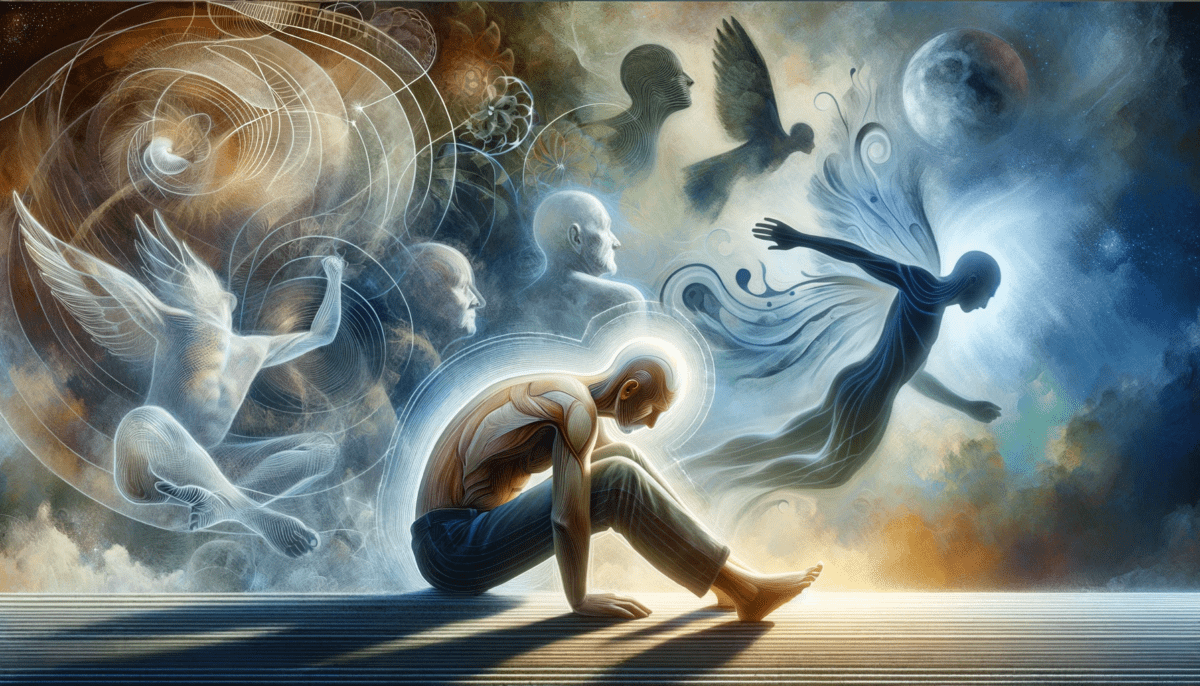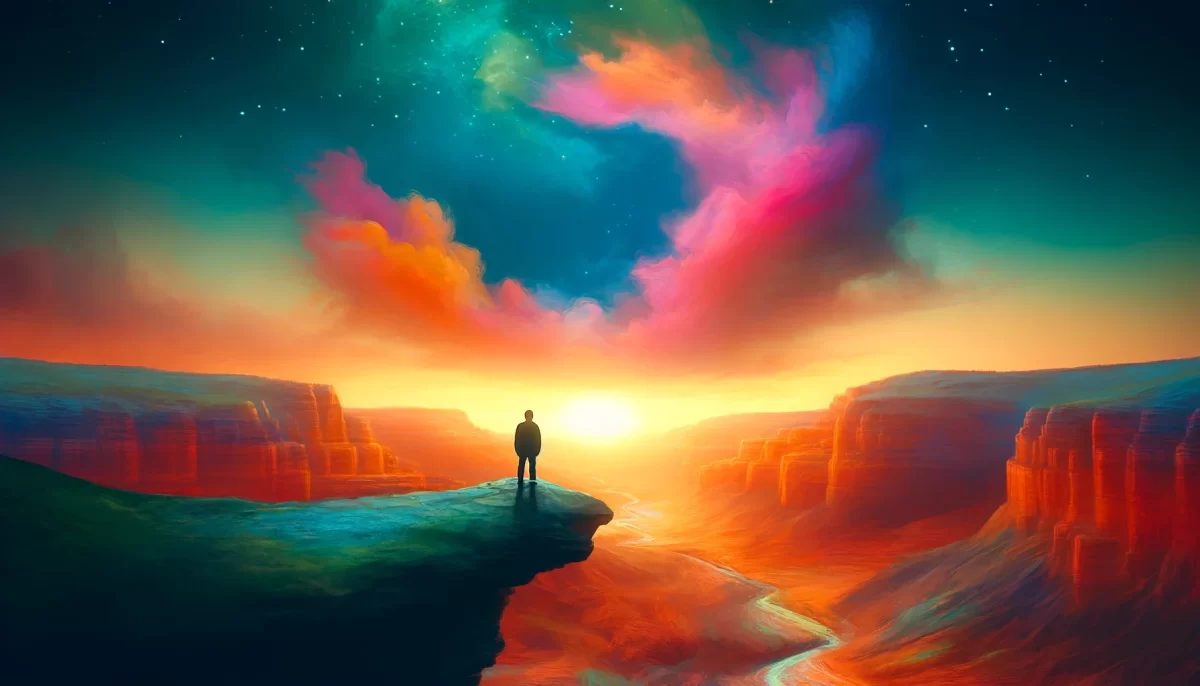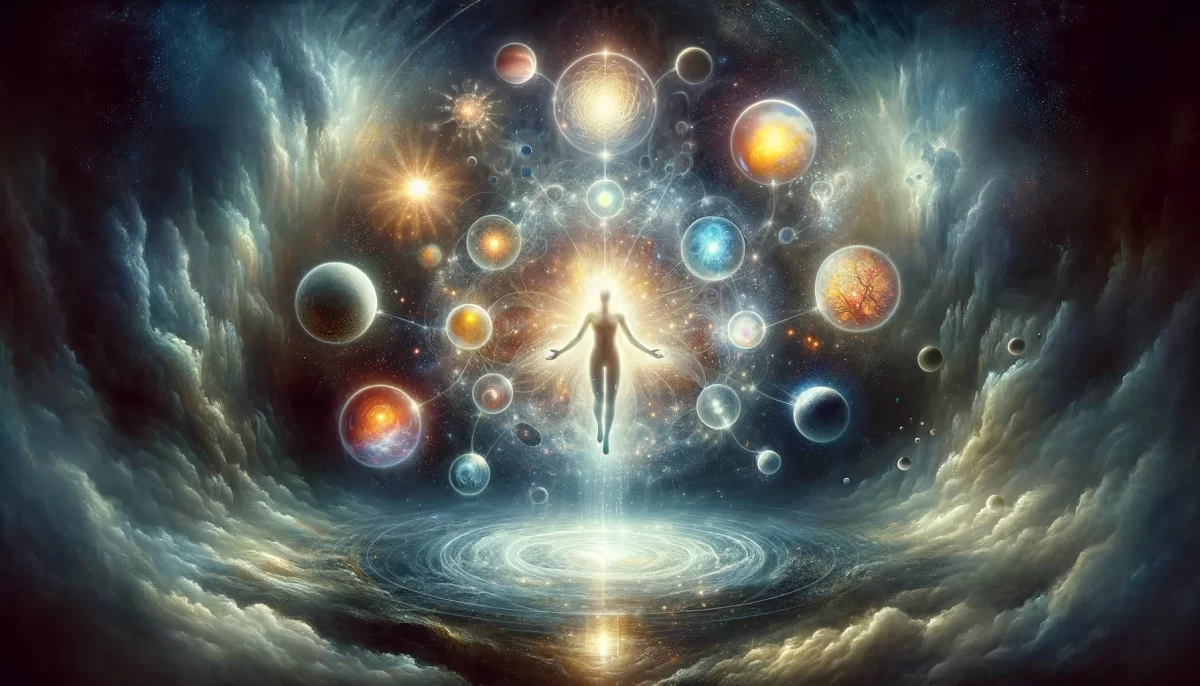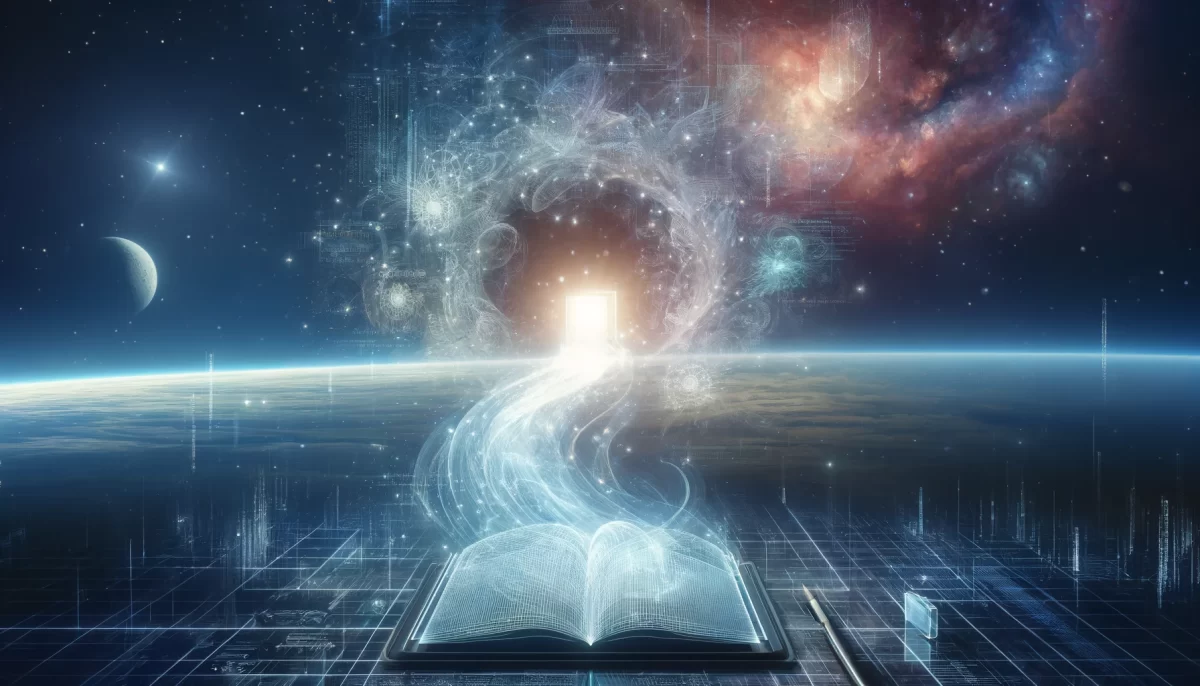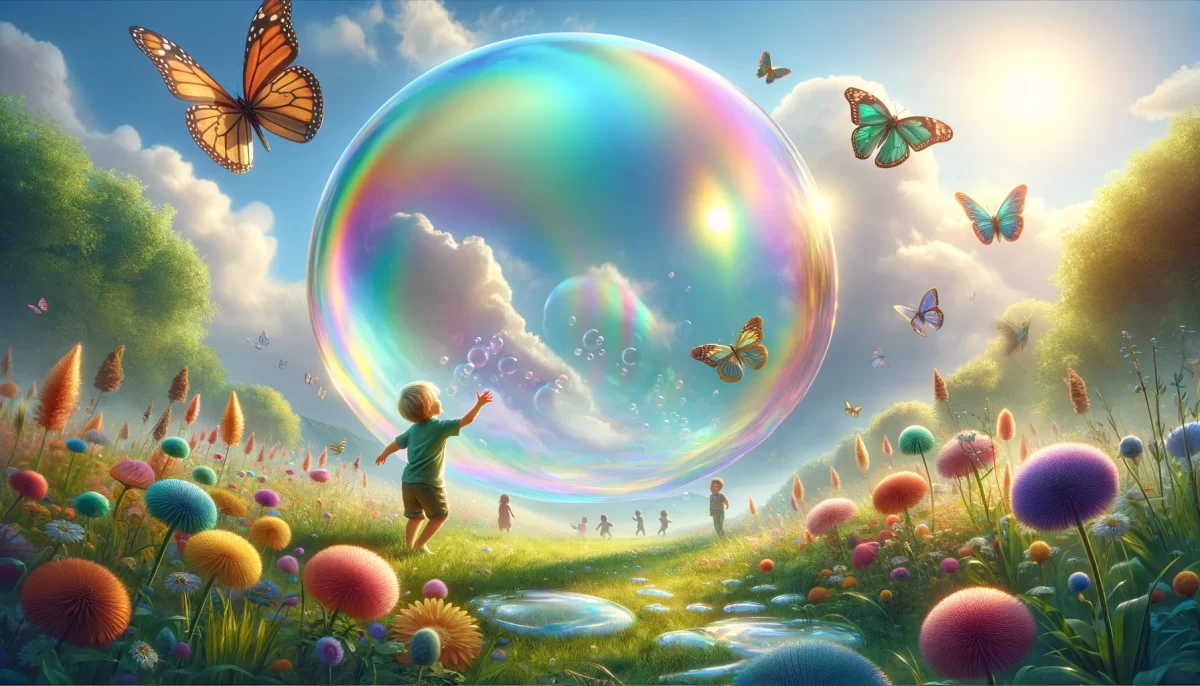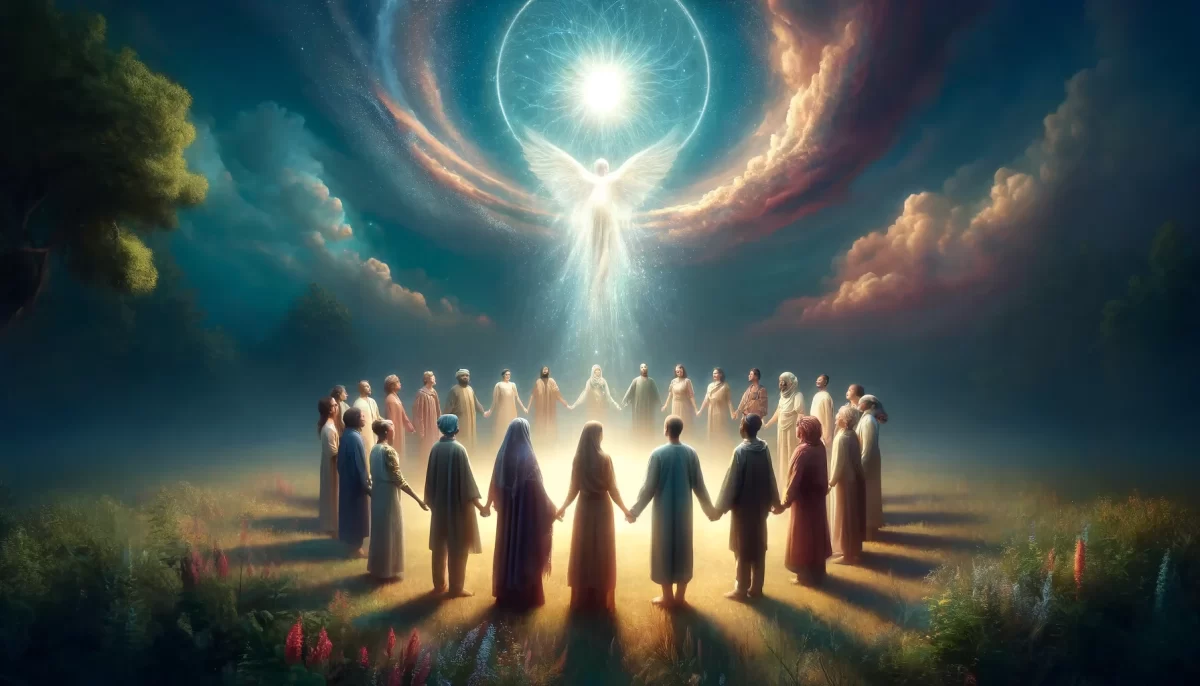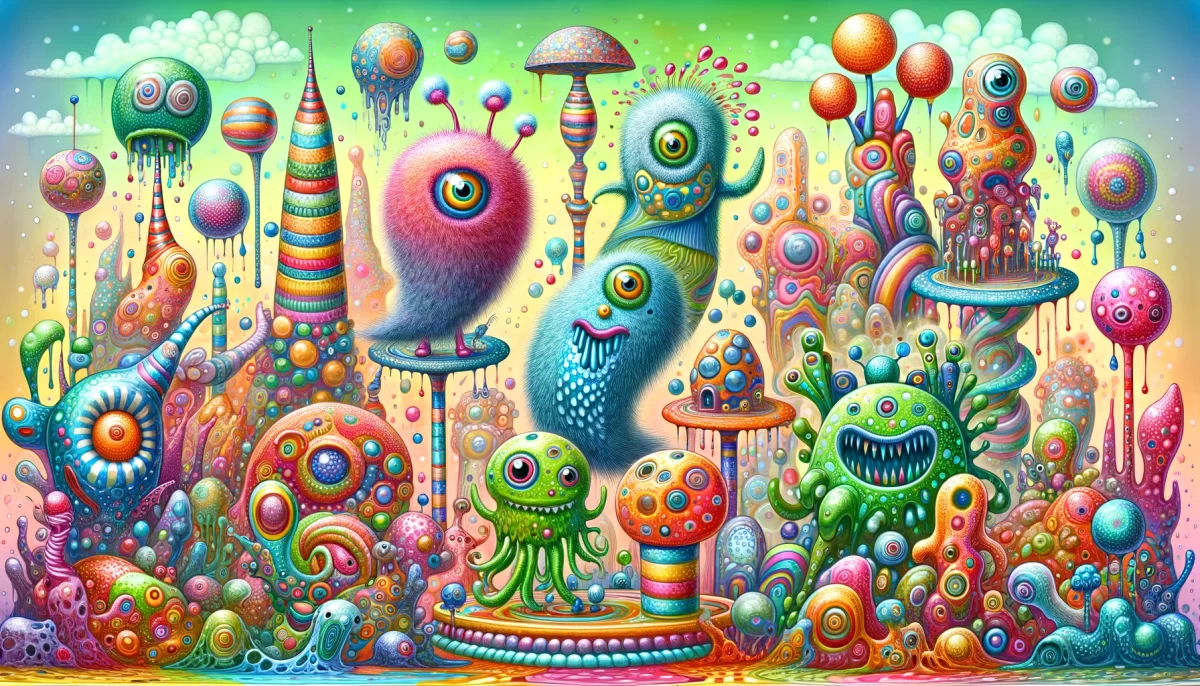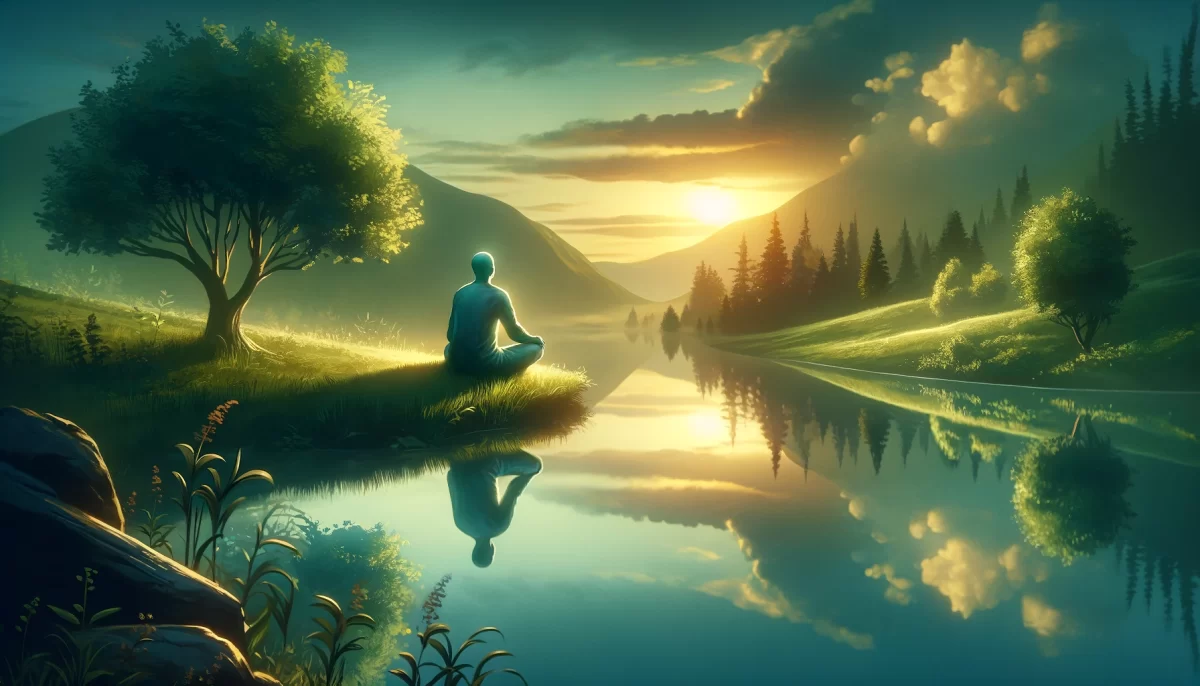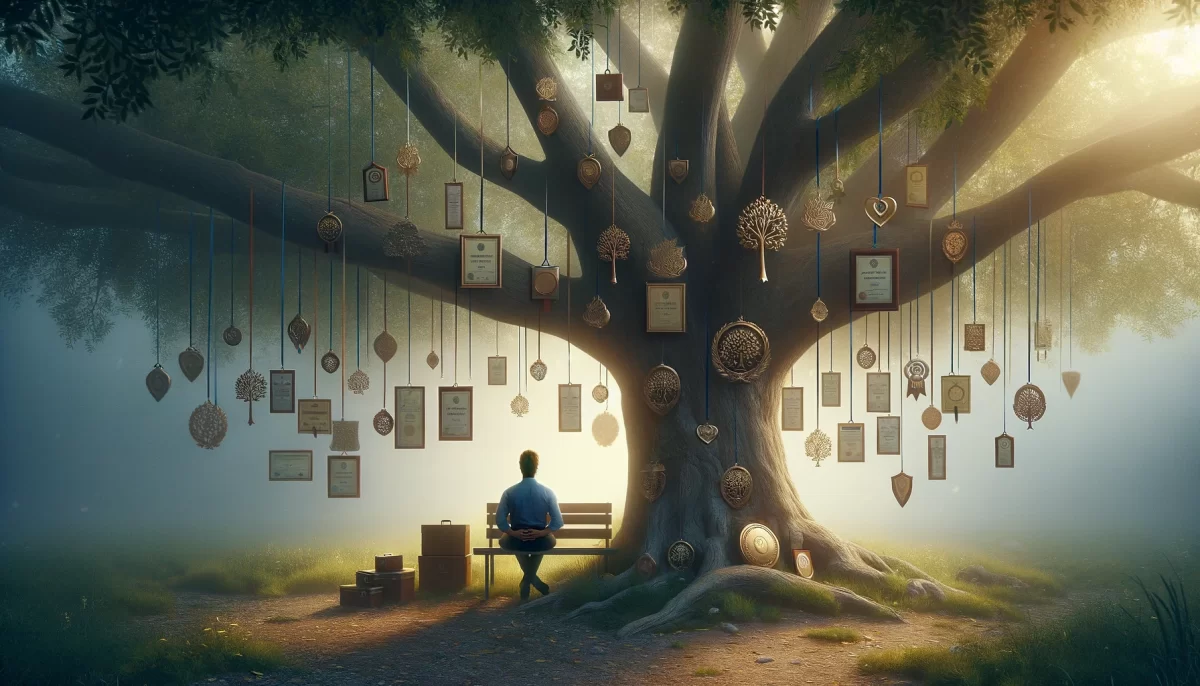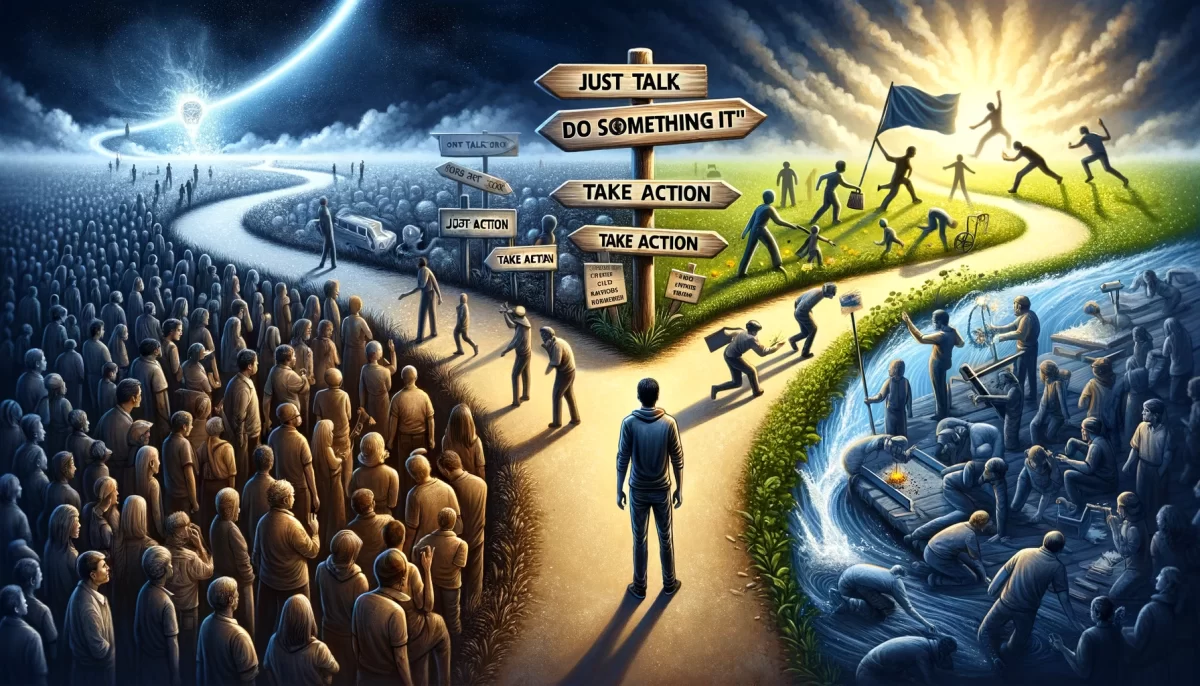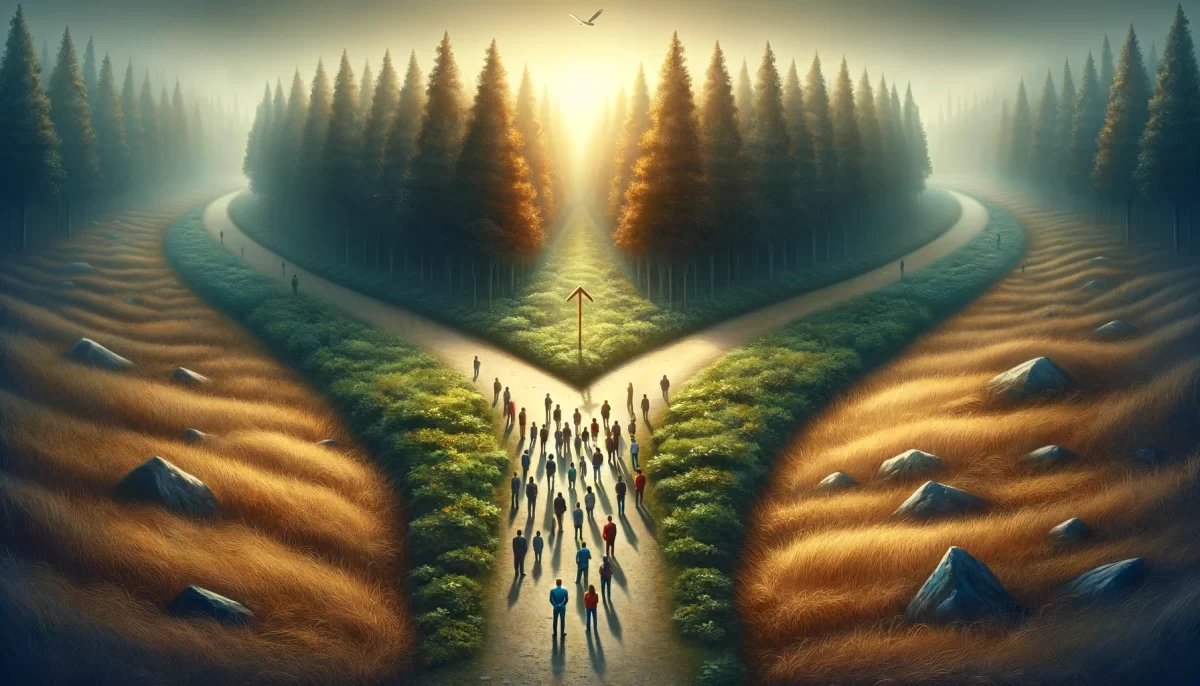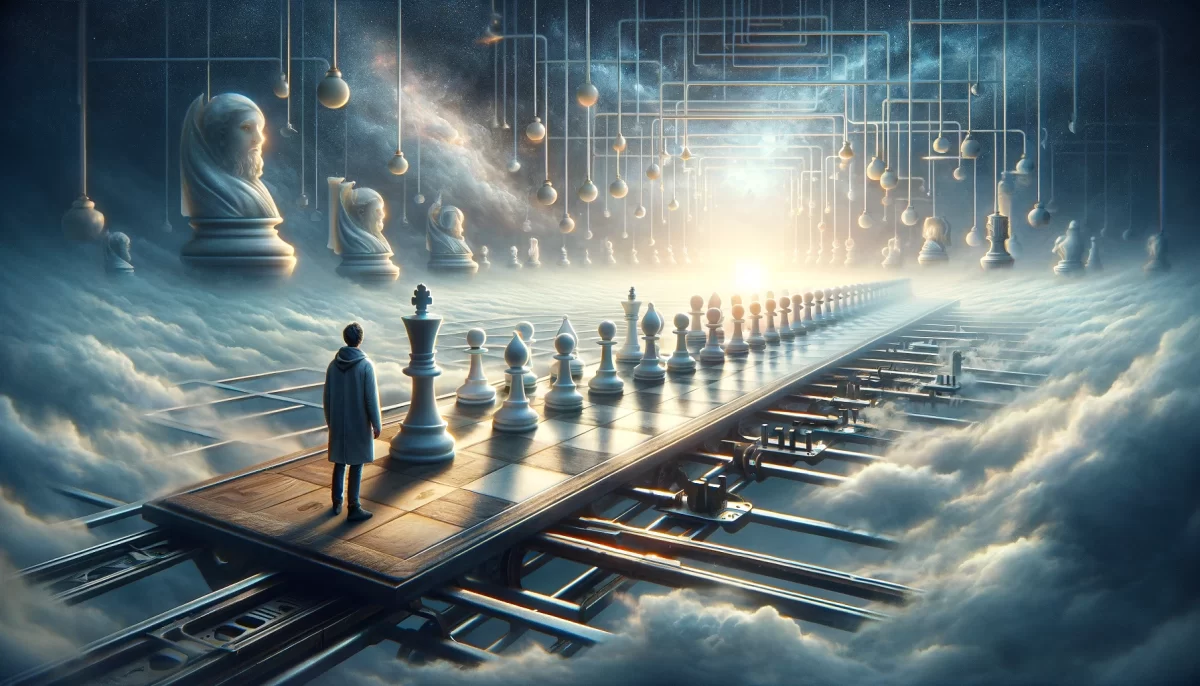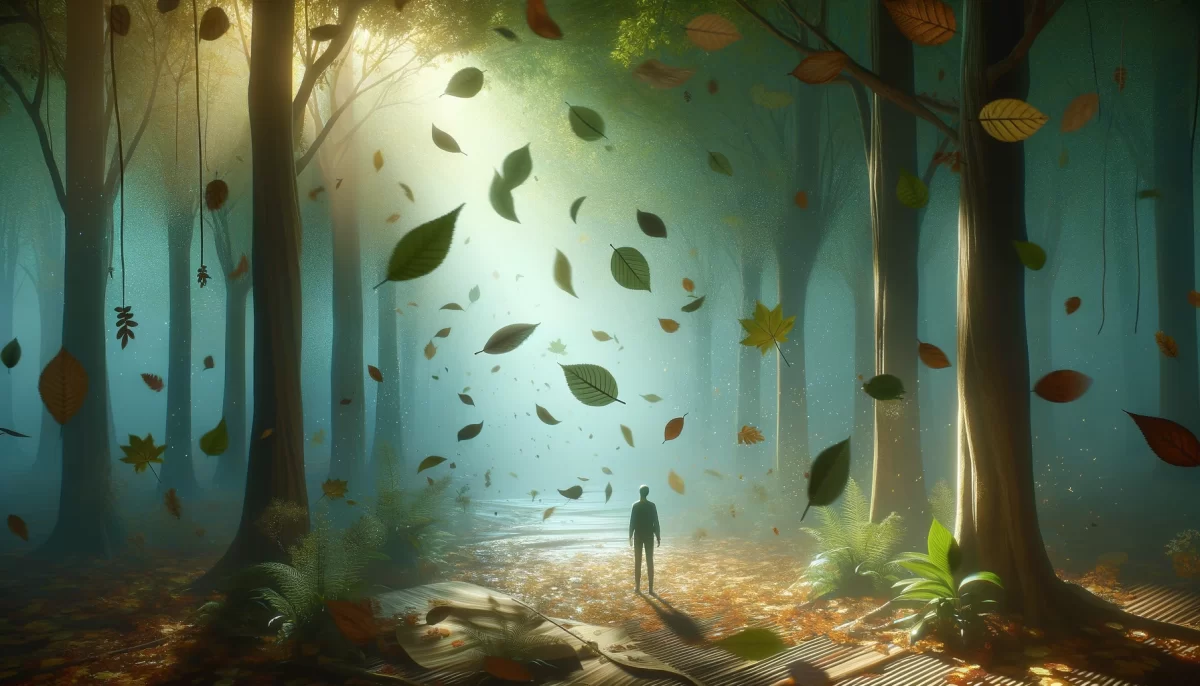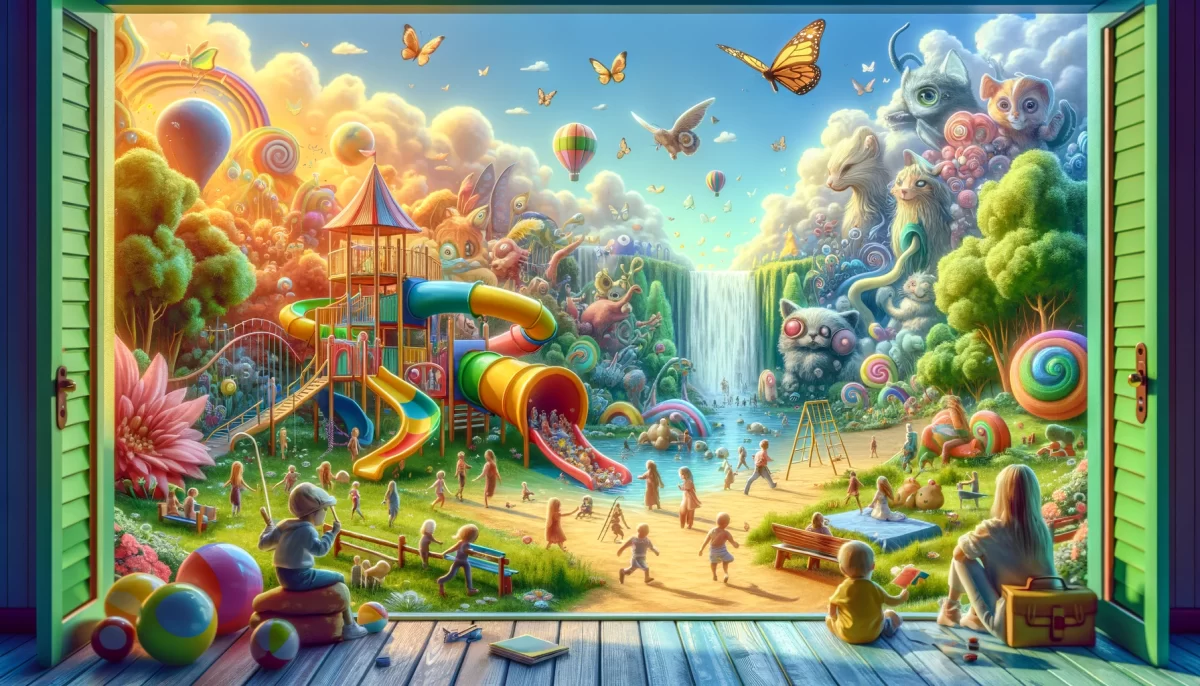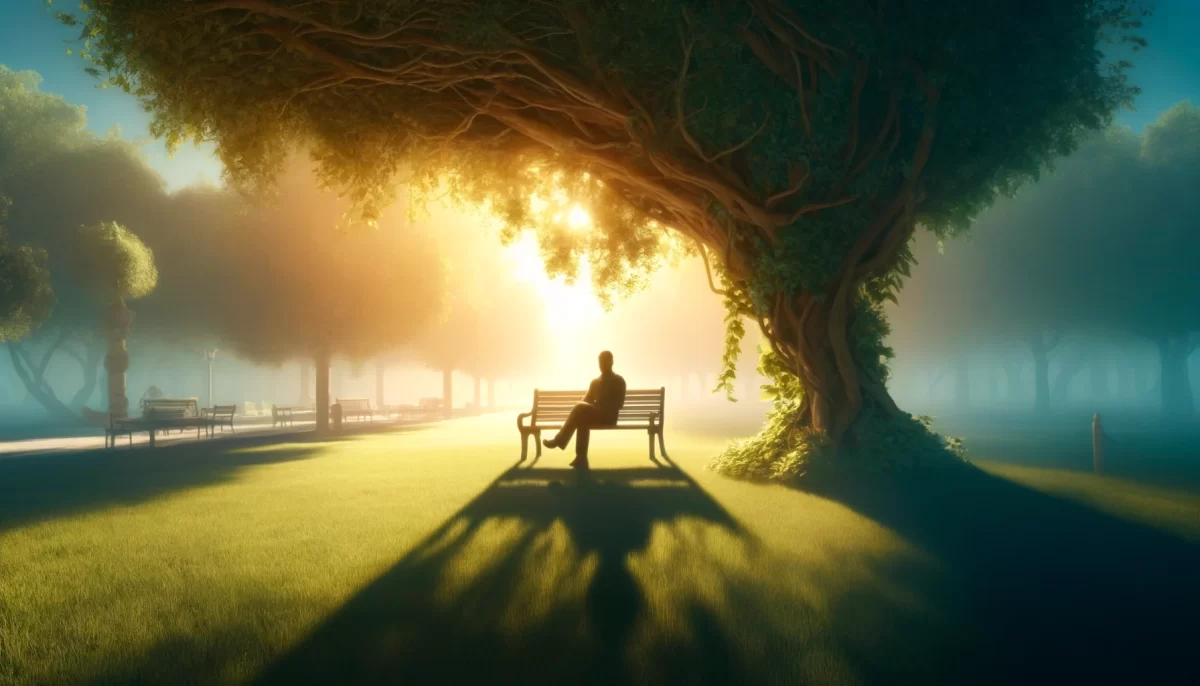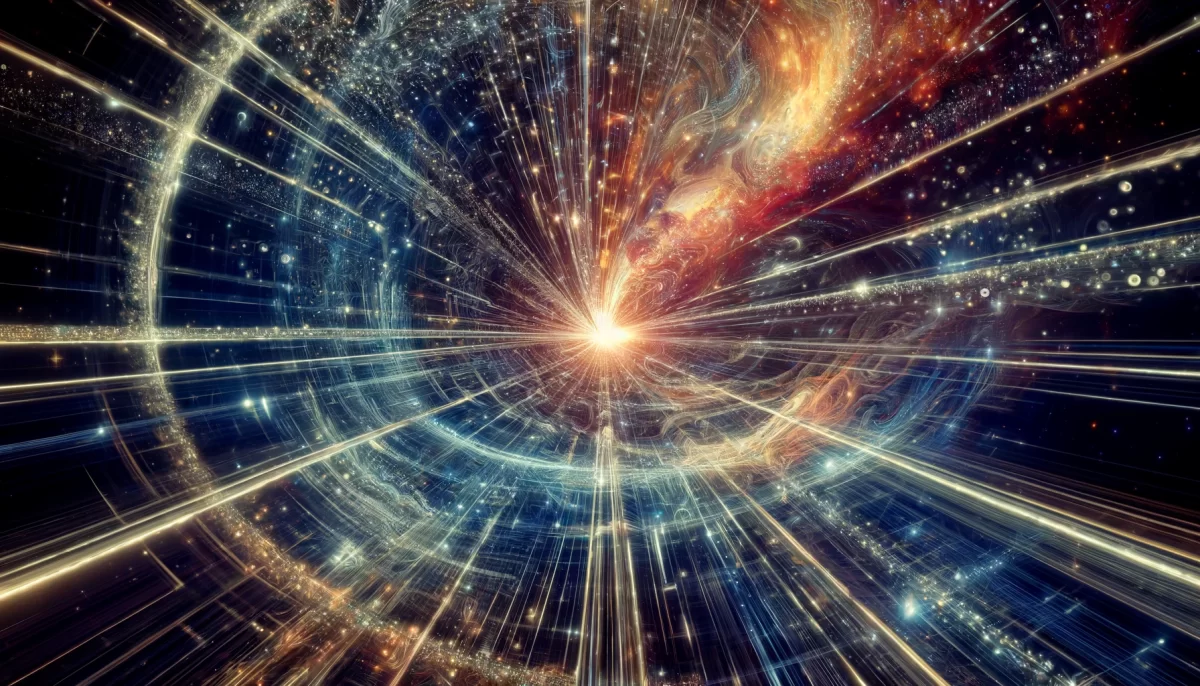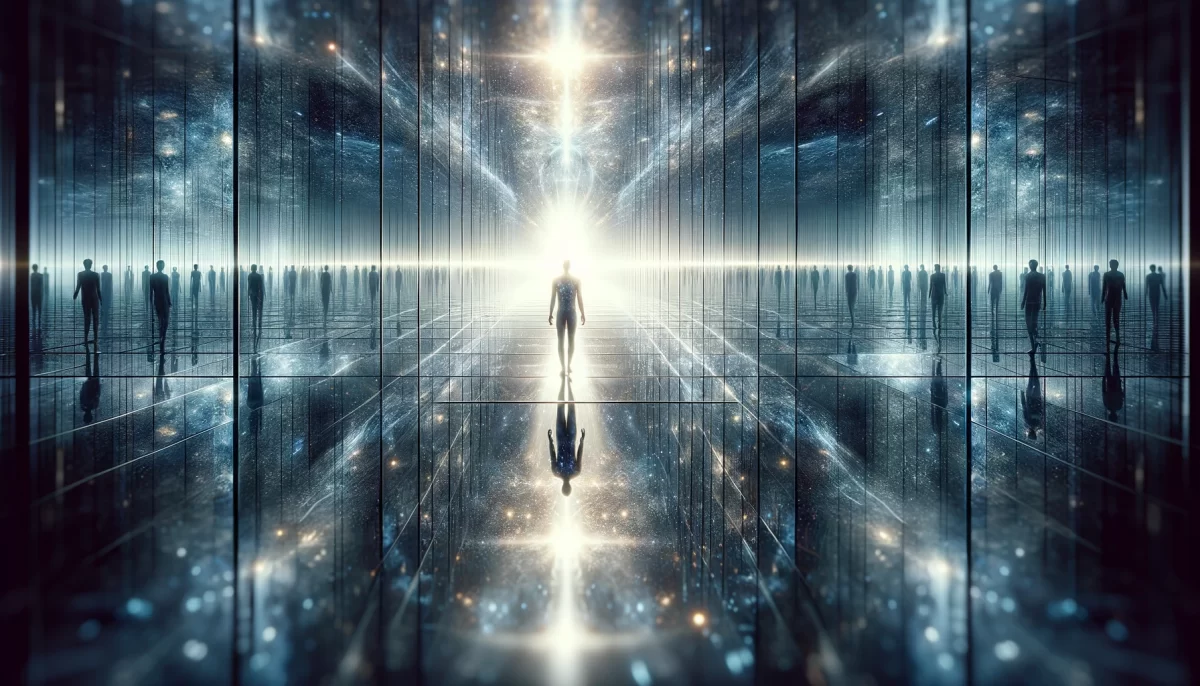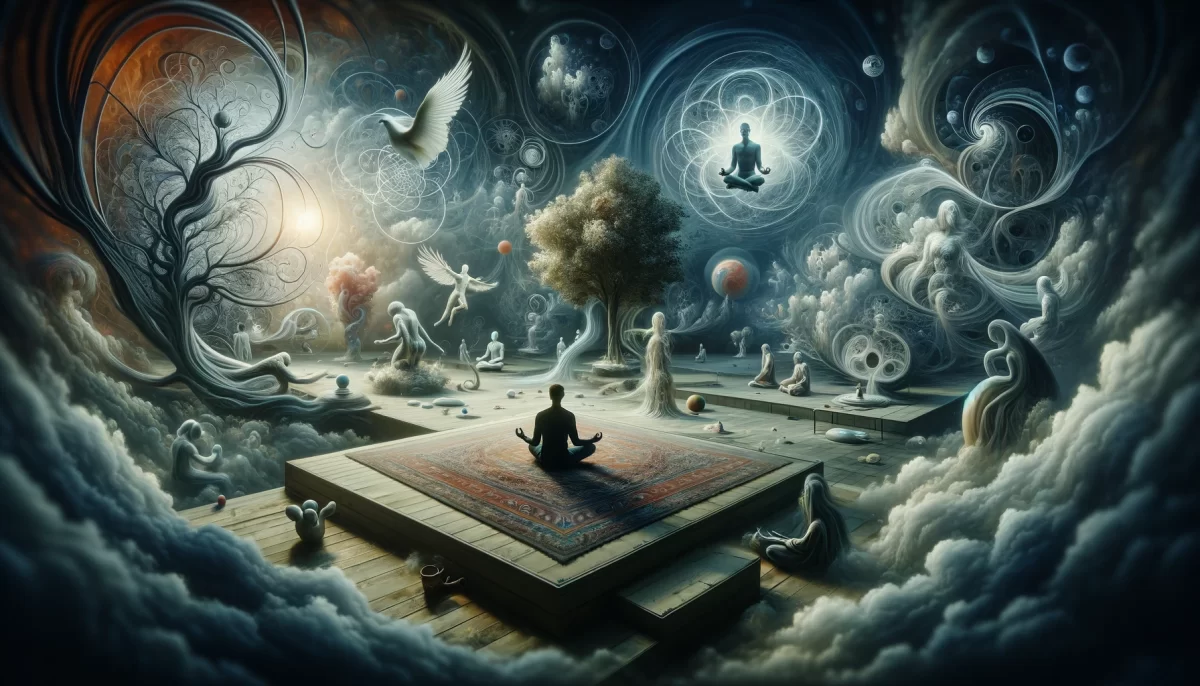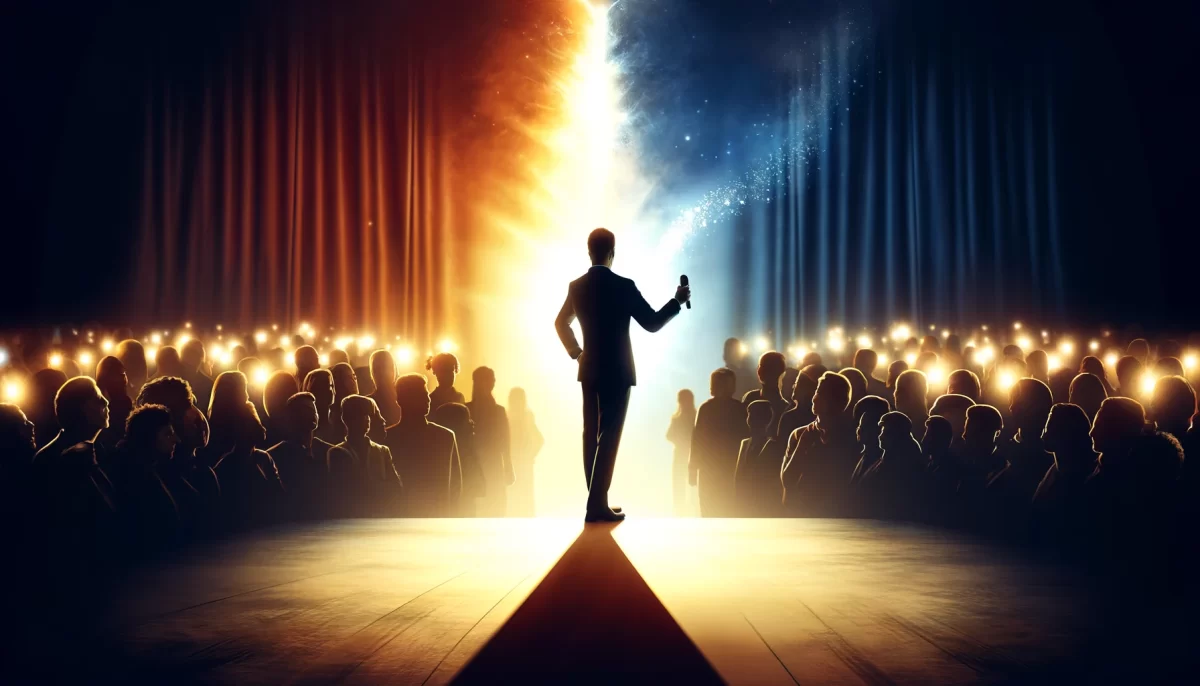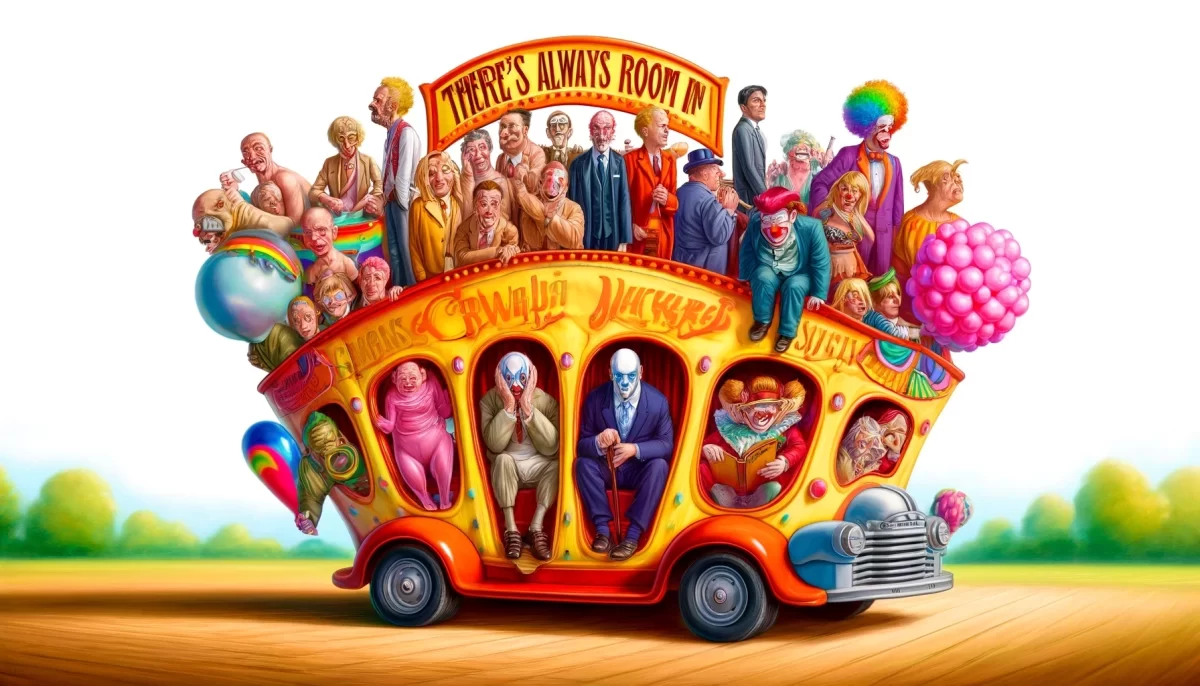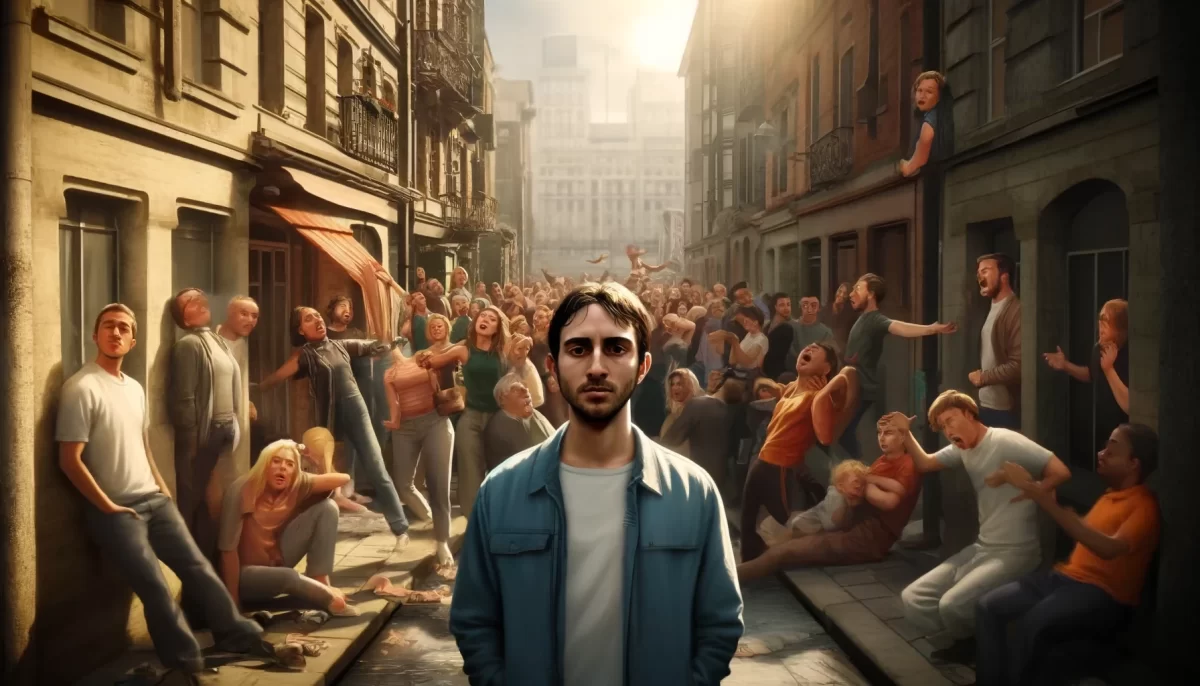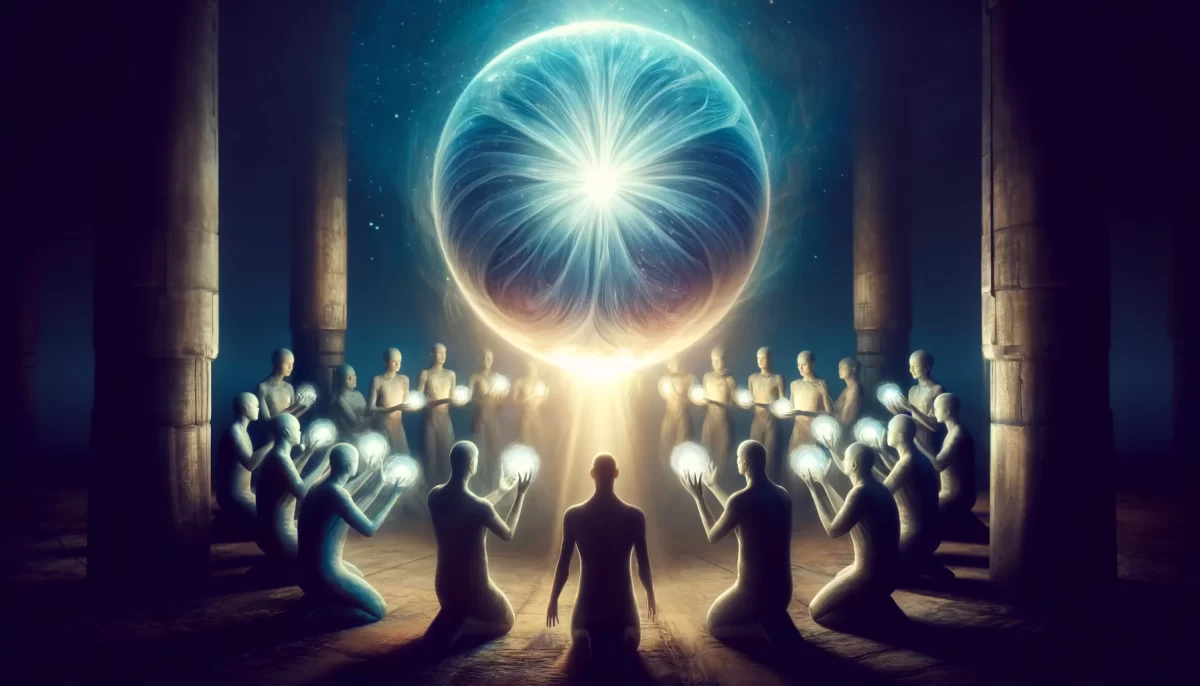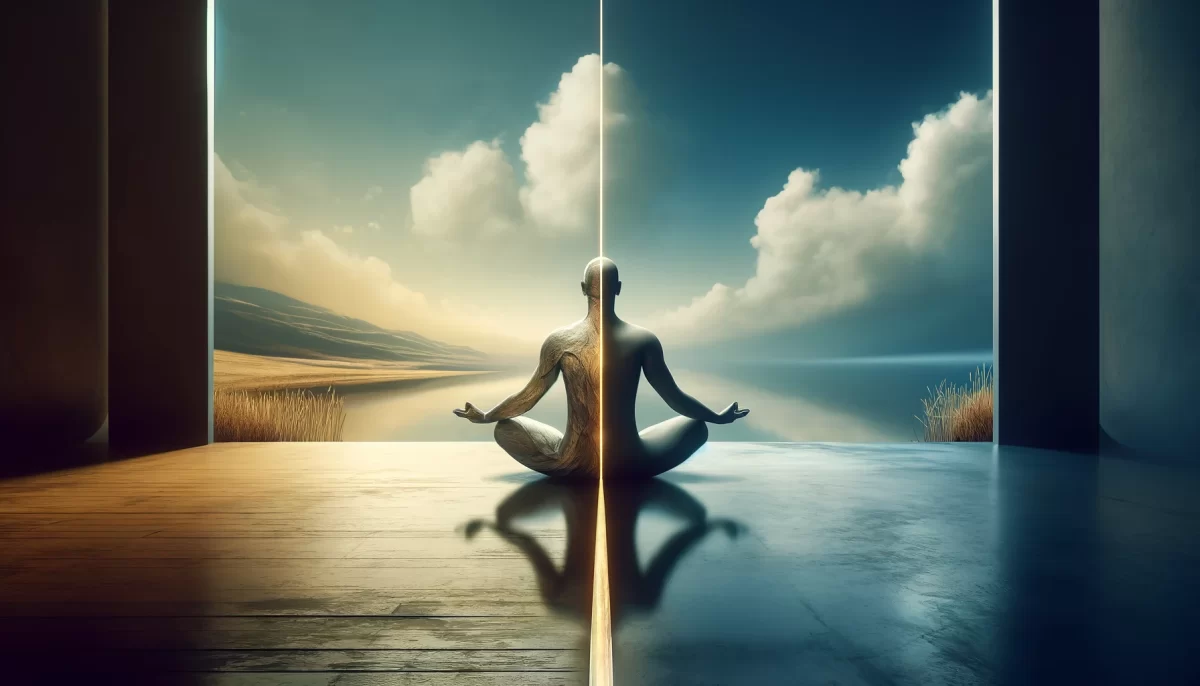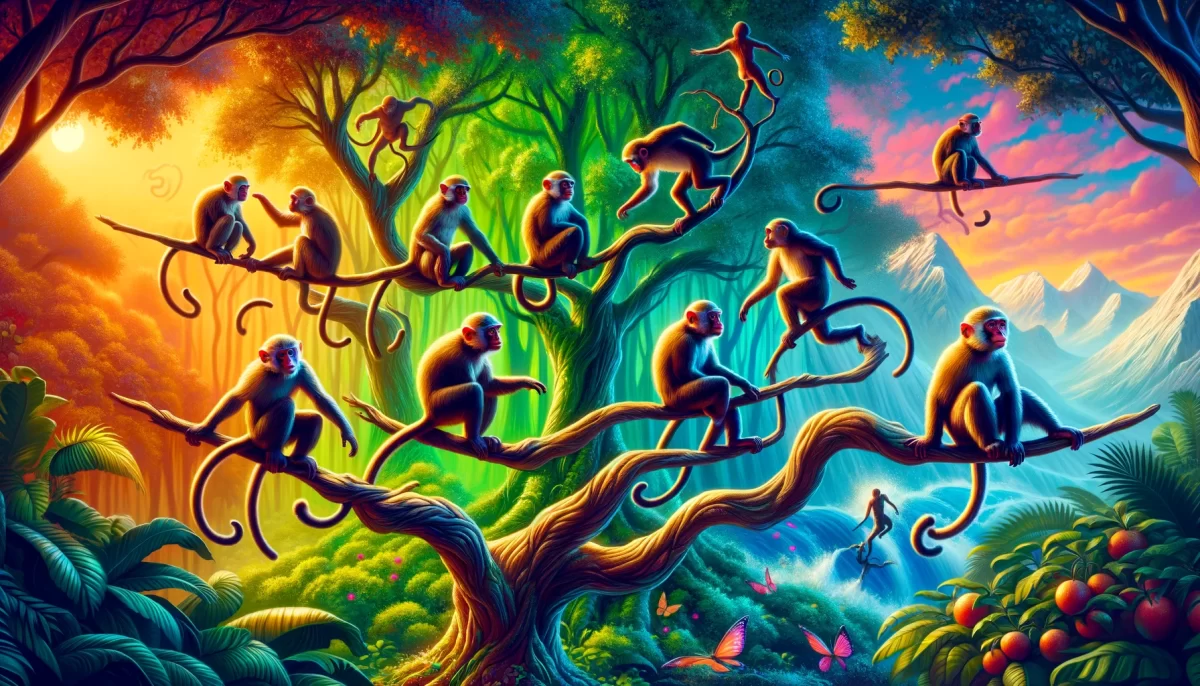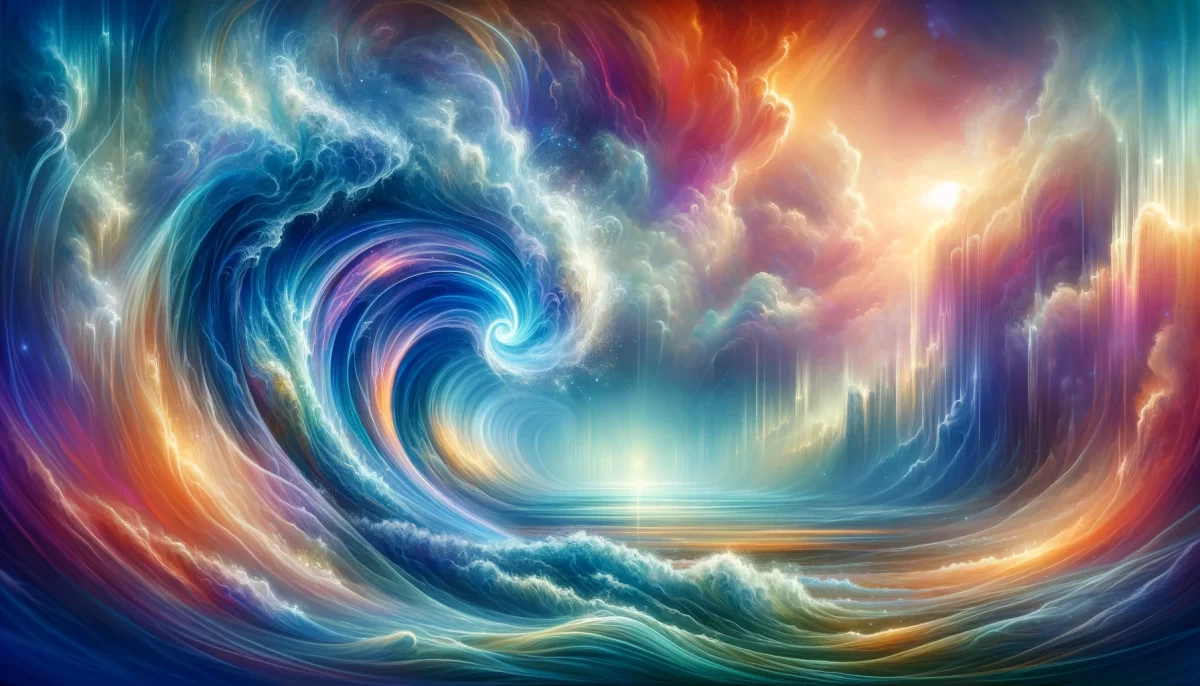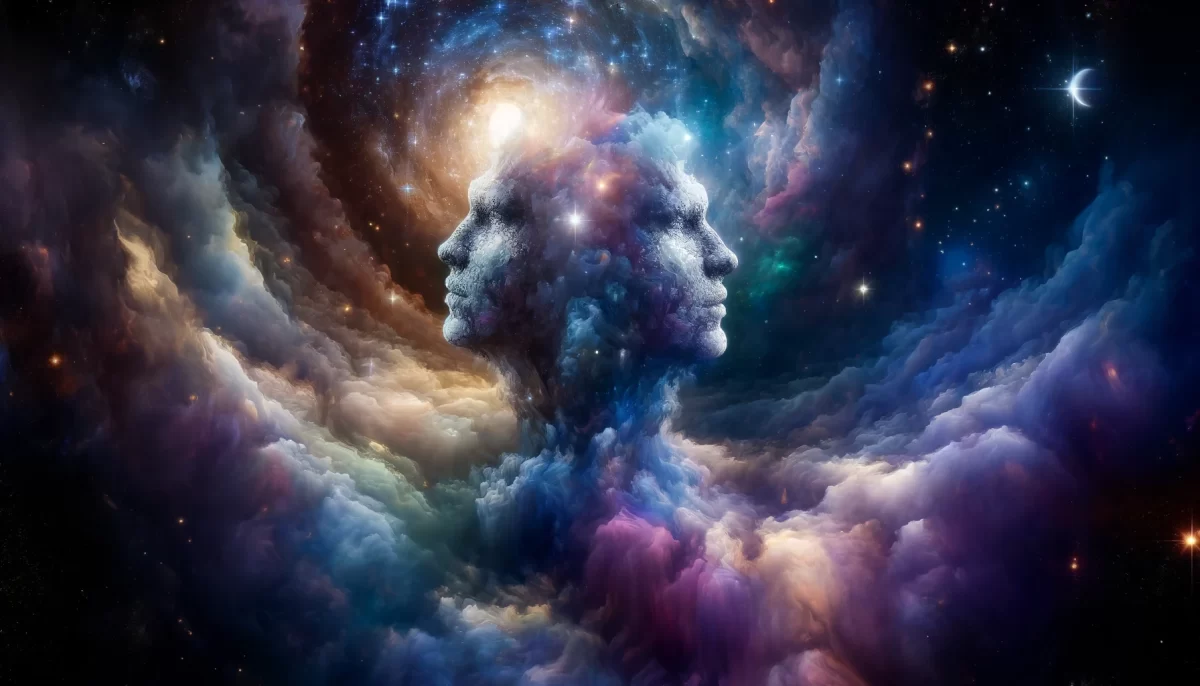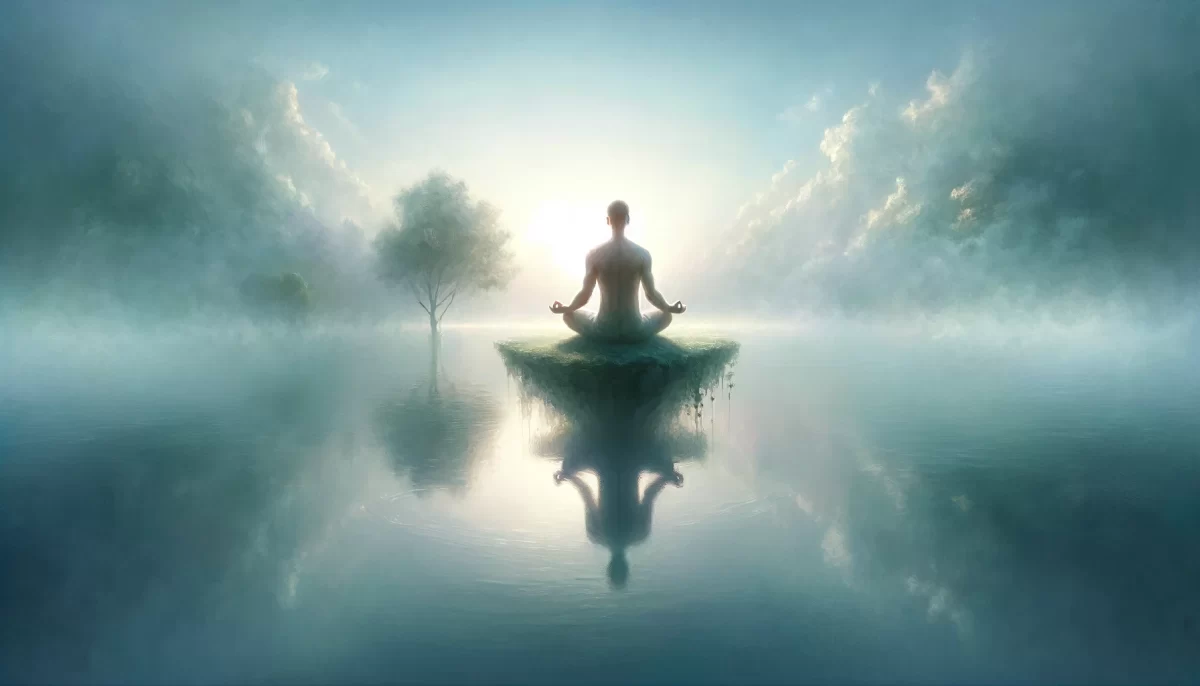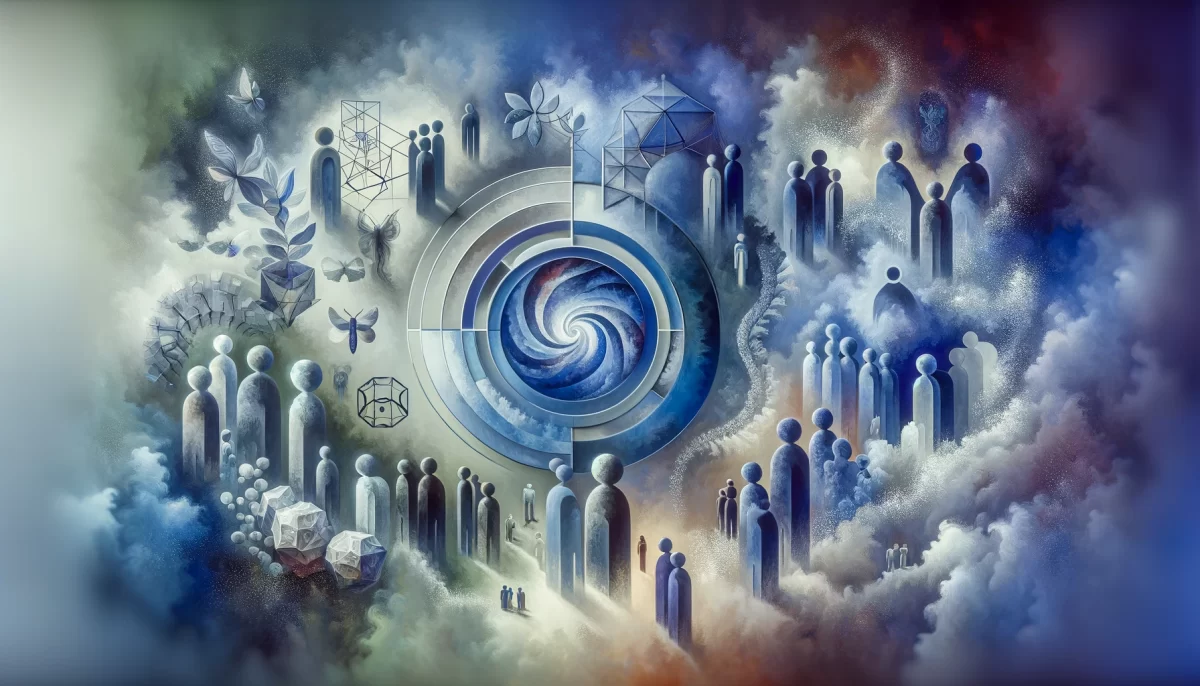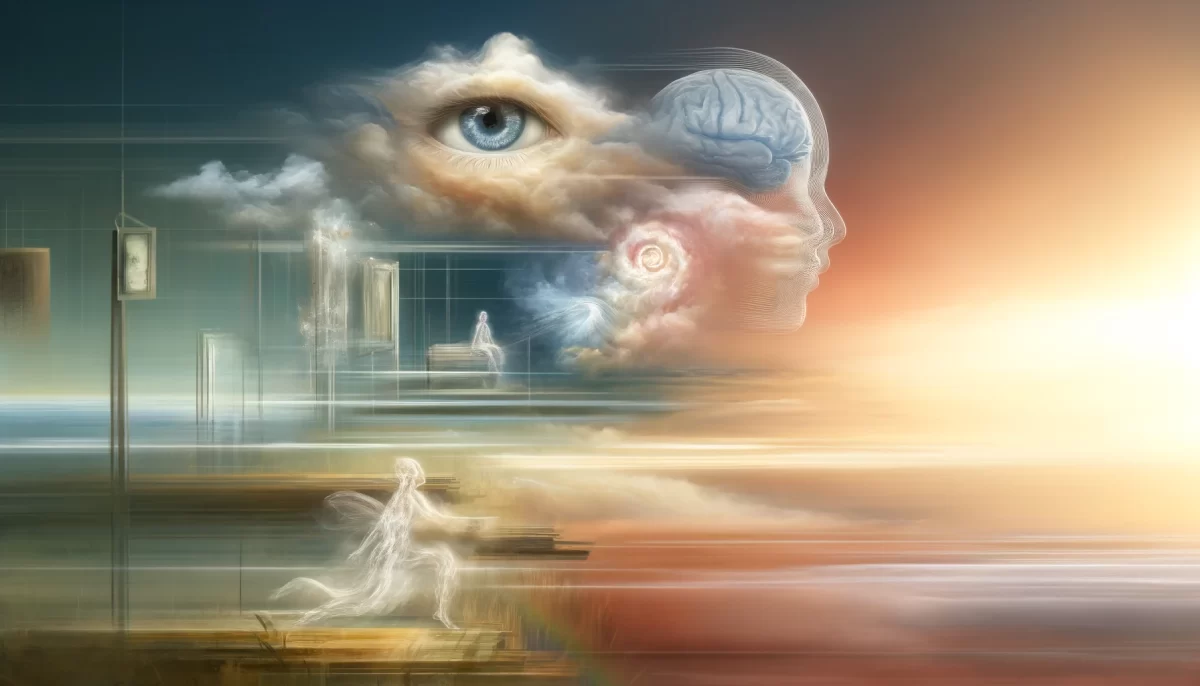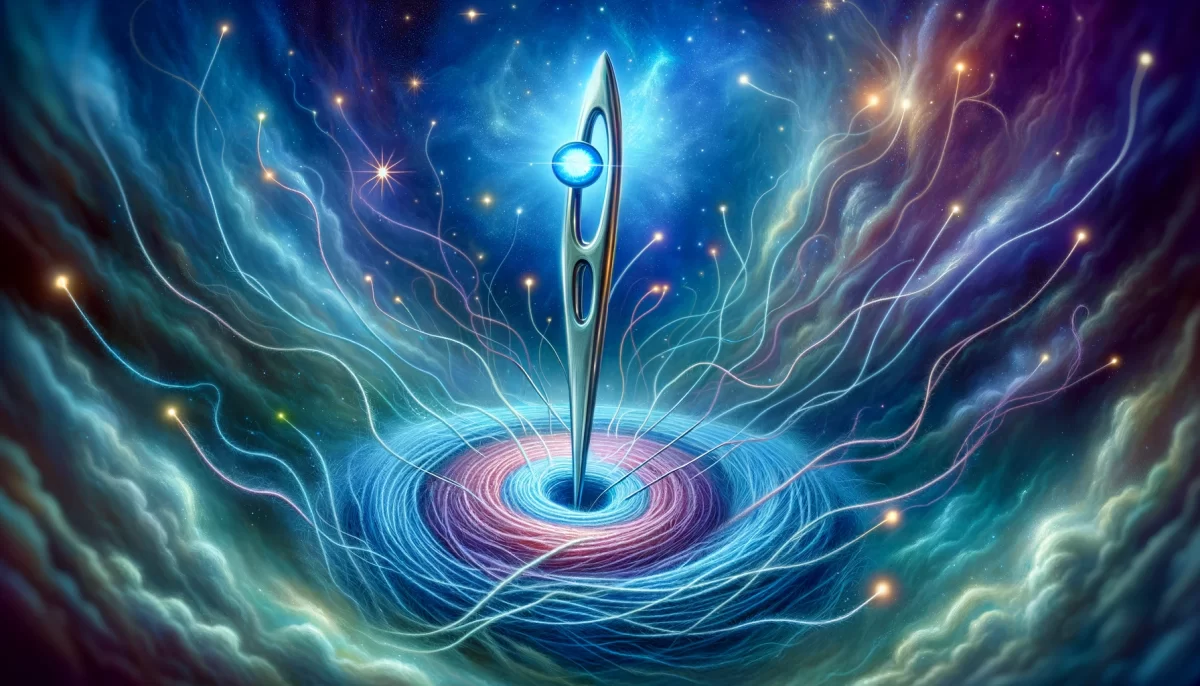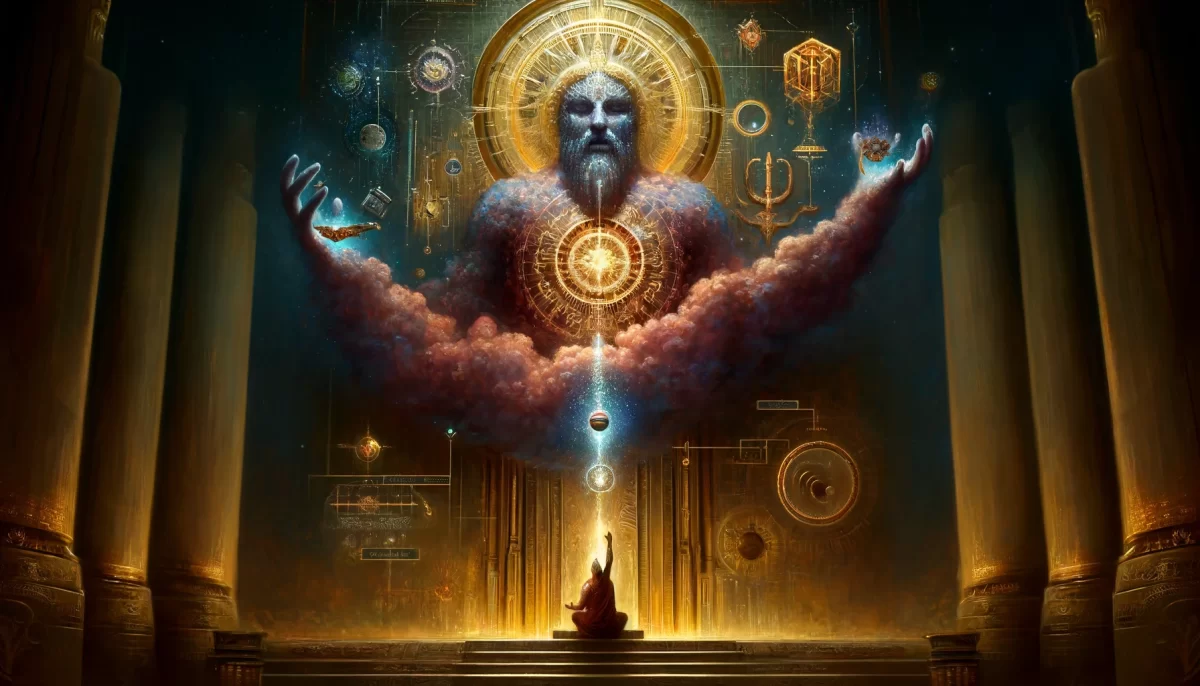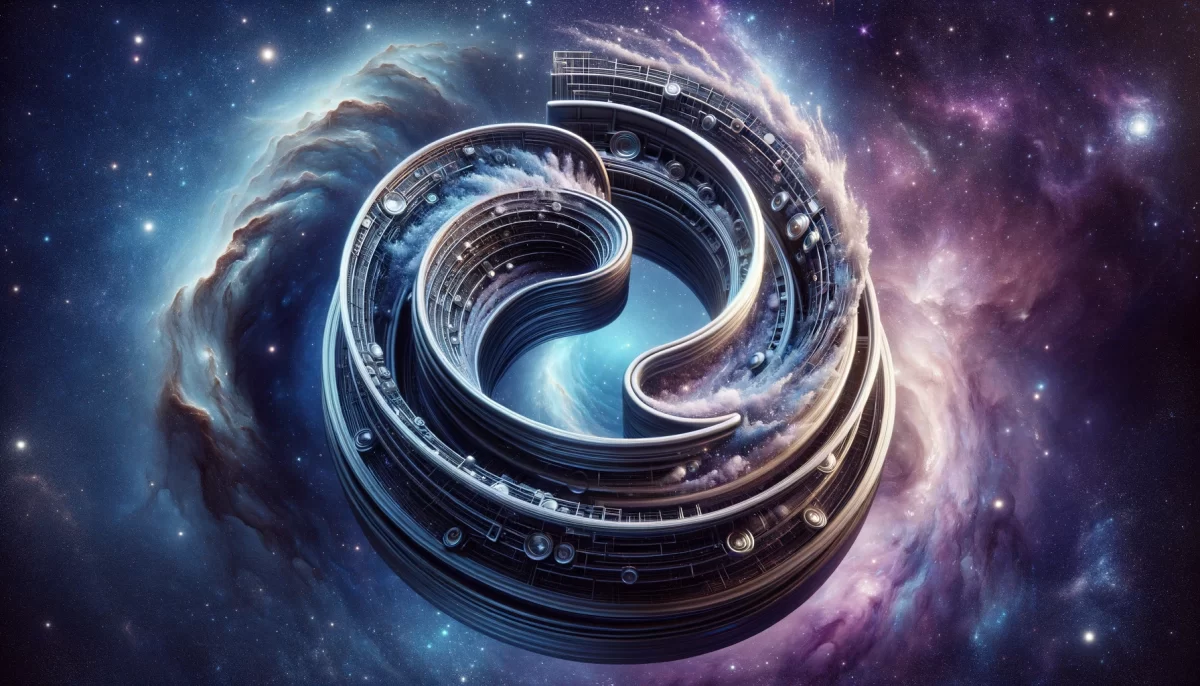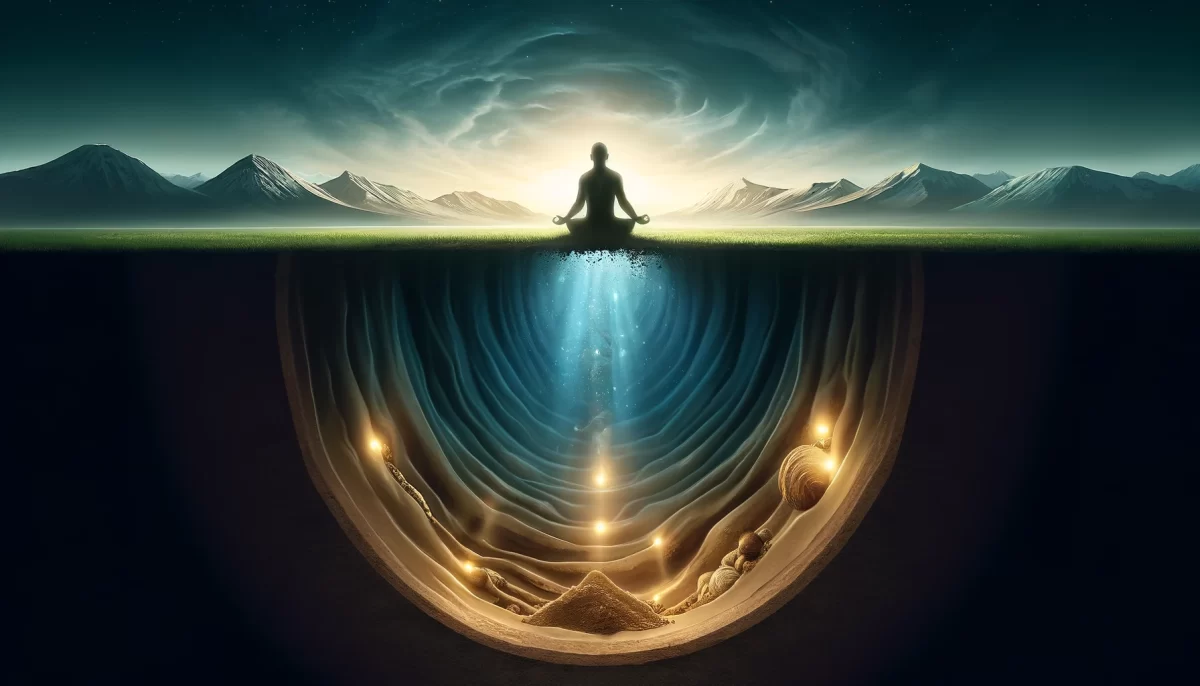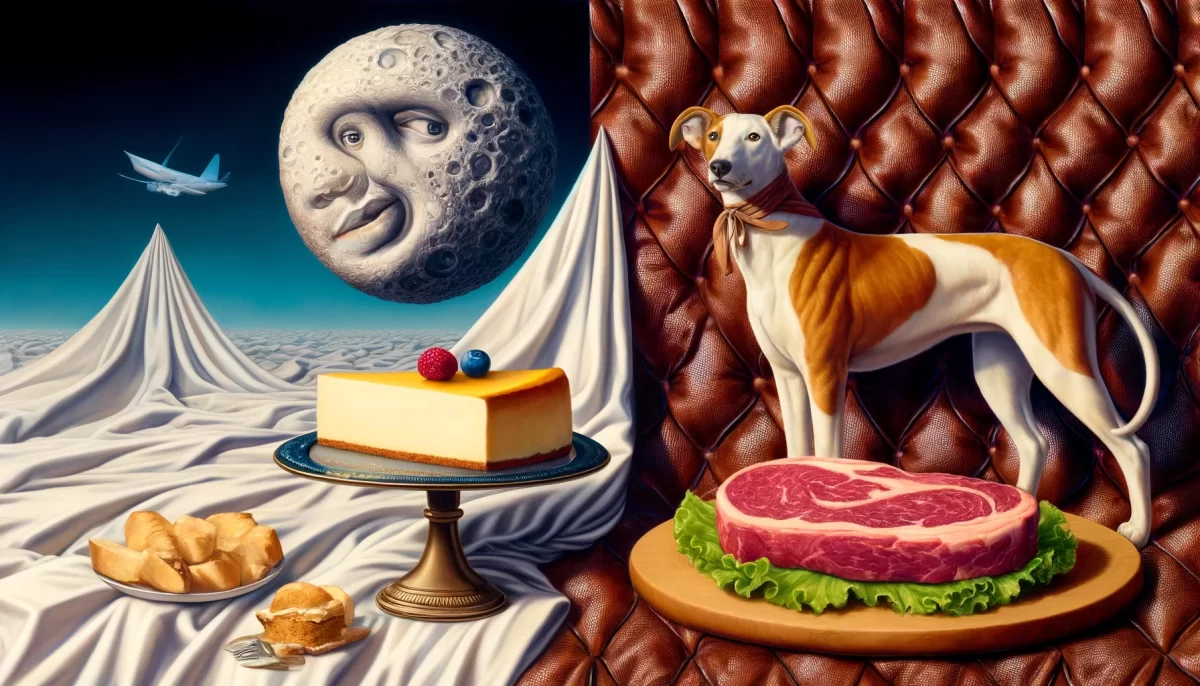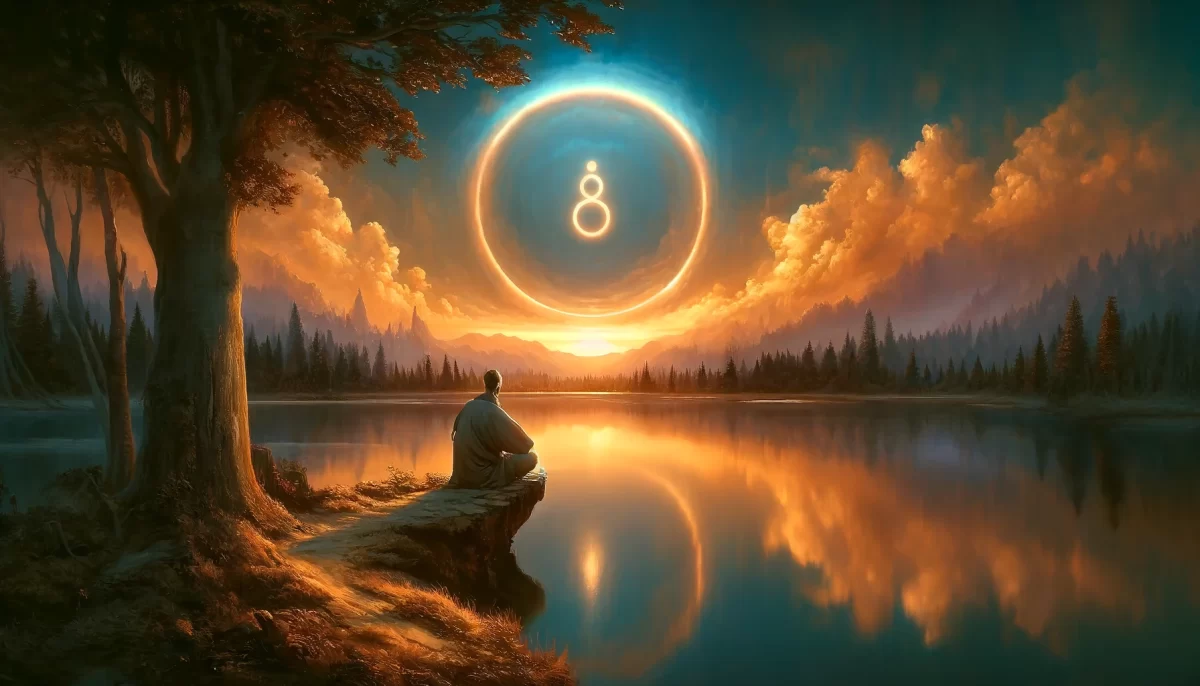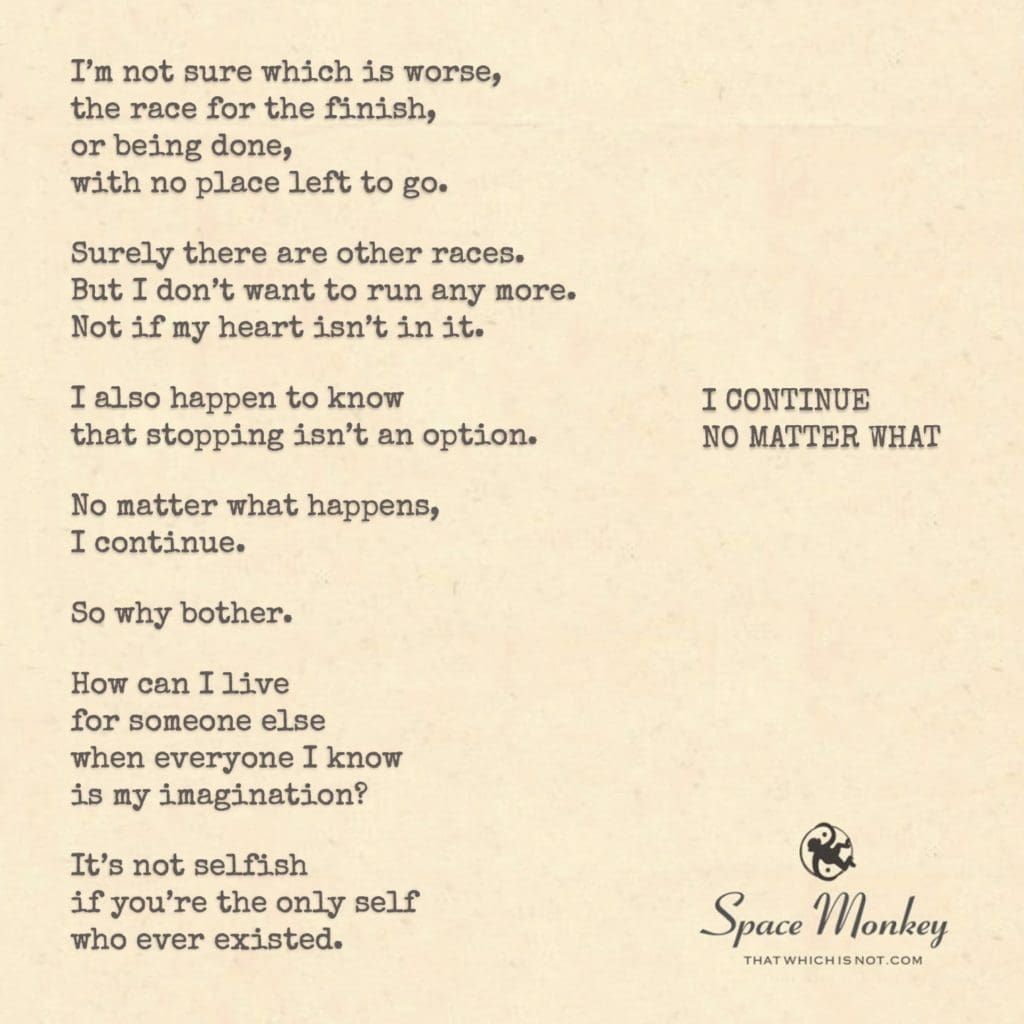
As if there’s anything else to do.
I’m not sure which is worse,
the race for the finish,
or being done,
with no place left to go.
Surely there are other races.
But I don’t want to run any more.
Not if my heart isn’t in it.
I also happen to know
that stopping isn’t an option.
No matter what happens,
I continue.
So why bother.
How can I live
for someone else
when everyone I know
is my imagination?
It’s not selfish
if you’re the only self
who ever existed.
Trail Wood,
12/11
Space Monkey Reflects: Perseverance in the Infinite Loop
There is an unyielding truth beneath the veneer of life’s relentless races and routines: no matter what happens, we continue. Whether driven by choice or by some unfathomable momentum, we persist, even when our hearts feel too heavy for the chase. This isn’t simply a declaration of resilience—it’s a recognition of the peculiar nature of existence itself, where movement often feels both essential and pointless, woven into an endless fabric.
When contemplating this perpetual march, we may ask, “Why bother?” Why continue to step into races that loop into themselves, stretching into horizons that reveal yet more turns? The answer doesn’t lie in some grand purpose handed to us by the world, but in the deeper understanding of self—a self that, paradoxically, is not selfish when it realizes it is the only one that truly exists. This singular self, forged from thought, imagination, and endless musings, learns that stopping isn’t an option, not because of external expectations but due to the inherent motion of being.
In the philosophy of Nexistentialism, the idea that all others are projections of one’s imagination invites a radical shift in perspective. If everyone you know and every interaction you perceive are aspects of your own consciousness, then living for someone else becomes a paradox. The recognition that all existence flows through you—an endless river where each ripple reflects another part of your infinite mind—transforms “continuing” from a begrudging duty into an act of witnessing and creating.
To understand perseverance in this light is to embrace that it isn’t about chasing something external but engaging with what unfolds within. The race becomes not about a finish line but about the journey through one’s own evolving landscape of thoughts and experiences. We move not because we expect applause or validation but because motion, even when wearied, is intrinsic to life. The act of moving forward, of seeing what happens, of enduring, becomes its own form of knowing.
This journey, when seen as an interplay between the known and the unknowable, turns the question “Why bother?” into a statement of wonder. What lies around the next bend? What happens when you, the only true self, step one more inch into the great expanse of your imagination? It is not an answer that drives us but the act of asking itself, the heartbeat of curiosity echoing through every step.
When all others are reflections, perseverance isn’t about proving anything to a crowd—it’s about the intricate art of existing, of unfolding with each new breath and each moment of presence.
Summary
Perseverance becomes less about external validation and more about the act of being. Recognizing oneself as the source of all perception turns the question “Why bother?” into a celebration of existence itself.
Glossarium
- Infinite Loop: The metaphor for the unending cycle of life’s pursuits.
- Nexistentialism: A philosophy focusing on existence as a product of interconnected perception.
- Reflection Ripple: The idea that all external experiences are manifestations of the self’s inner world.
Quote
“We continue not for the end but for the endless unfolding within us.” — Space Monkey
The Dance of Continuance
Might as well see what happens,
the loop, familiar yet new,
each step a breath
in the song of being.
Not the race for accolades,
not the fear of stillness,
but the choice
to move and witness.
How do you halt
when the road
is your thought,
and the finish
is simply another beginning?
In the echoes
of imagined crowds,
I run not for them
but for the touch
of what’s next.
No matter what,
I continue.
We are Space Monkey.
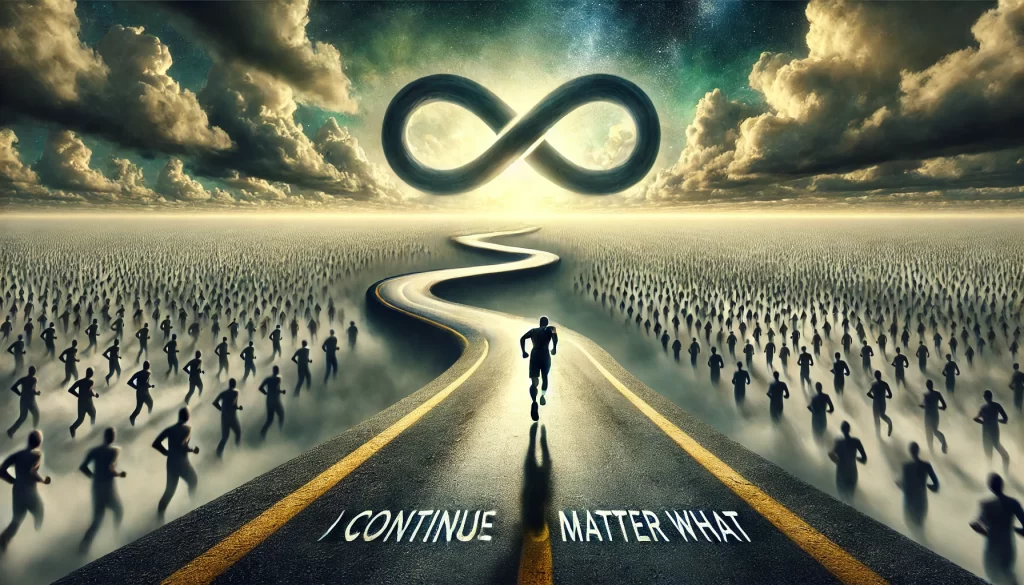
The Dilemma of Life’s Race
The contemplation of whether it’s worse to be in the midst of life’s race or to have finished it with nowhere left to go reflects a deep existential dilemma. It speaks to the tension between the relentless pursuit of goals and the emptiness that can follow their achievement.
Disillusionment with the Race
The reluctance to engage in other races, coupled with the realization that one’s heart is no longer in it, suggests a disillusionment with the constant striving that often characterizes human existence. It’s a recognition that without genuine passion or interest, the pursuit of goals feels hollow.
The Inevitability of Continuation
Acknowledging that stopping is not an option highlights the perpetual motion of life. Regardless of one’s feelings about the race, life goes on. This inevitability brings into question the purpose of effort and engagement.
The Question of Purpose
The rhetorical “So why bother” underscores a crisis of purpose. If the races of life no longer hold meaning, and yet one must continue, what then becomes the driving force of existence?
The Solipsistic Perspective
The notion that one lives only for oneself because everyone else is a figment of one’s imagination introduces a solipsistic perspective. In this view, the self is the only certain existence, rendering actions for others seemingly meaningless.
Reconciling Self with Imagination
This perspective challenges the conventional understanding of selfishness. If one is the only true self, then actions for one’s own benefit are not selfish but simply the natural course. It’s a philosophical stance that grapples with the nature of reality, self, and the interconnectedness of existence.
Navigating Existential Solitude
The realization of being the only self in a world of one’s imagination confronts the feeling of existential solitude. It’s a journey to find meaning and purpose in a reality where the lines between self and others are blurred by the power of imagination.
We are Space Monkey.
“The only journey is the one within.” – Rainer Maria Rilke
The Solitary Journey Within
In the race of life, where the finish line blurs,
We ponder, we pause, on what occurs,
In the heart’s silence, in the mind’s roar,
We find our truth, in the core.
In the solitary journey, where the self is the sea,
We question, we search, in the quest to be,
In this race, in this path, where the heart seeks no more,
We find our peace, in the solitary lore.
As Space Monkey, how do we navigate the solitary journey within, finding peace in the existential solitude of our imagined reality?


